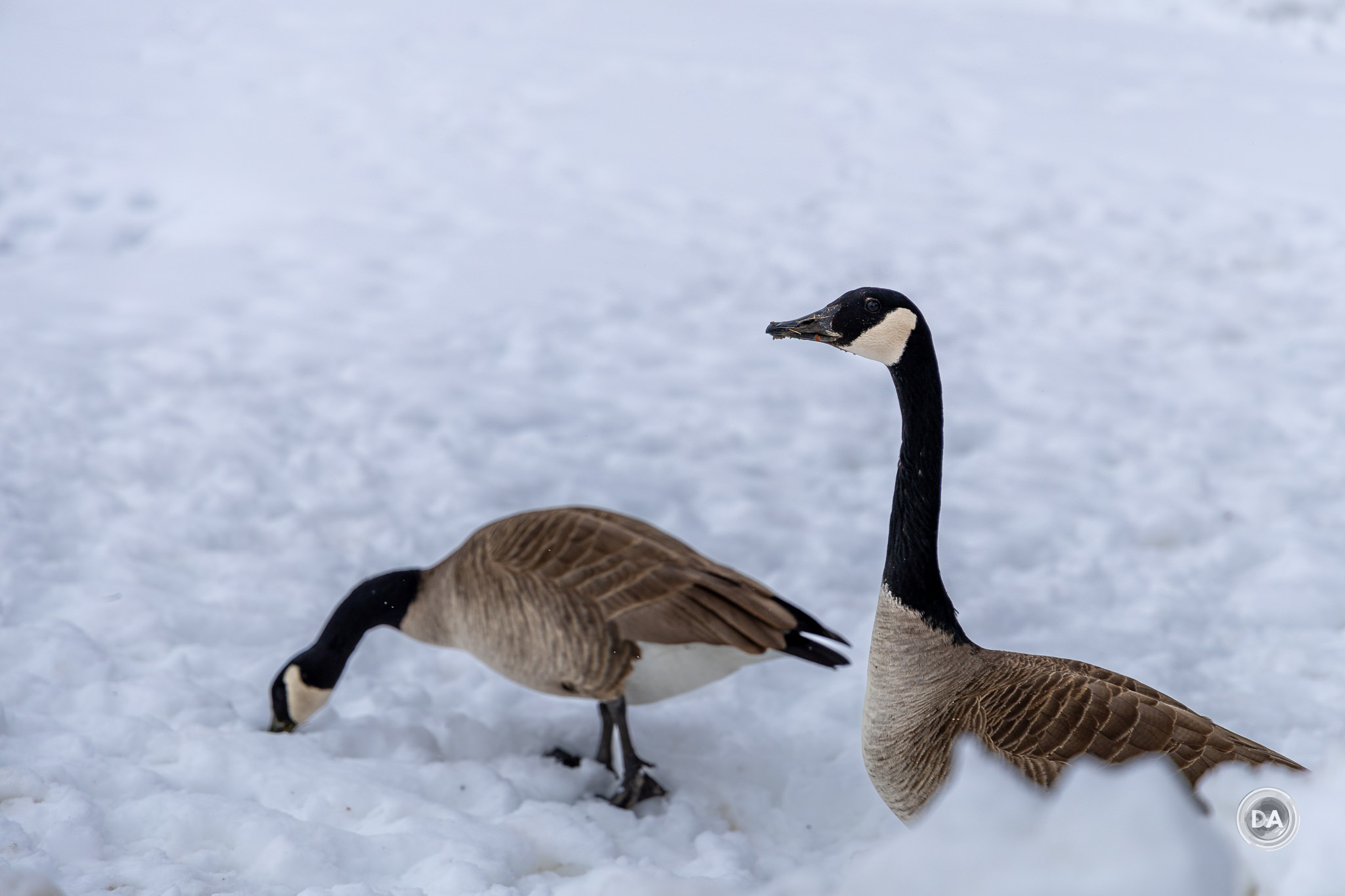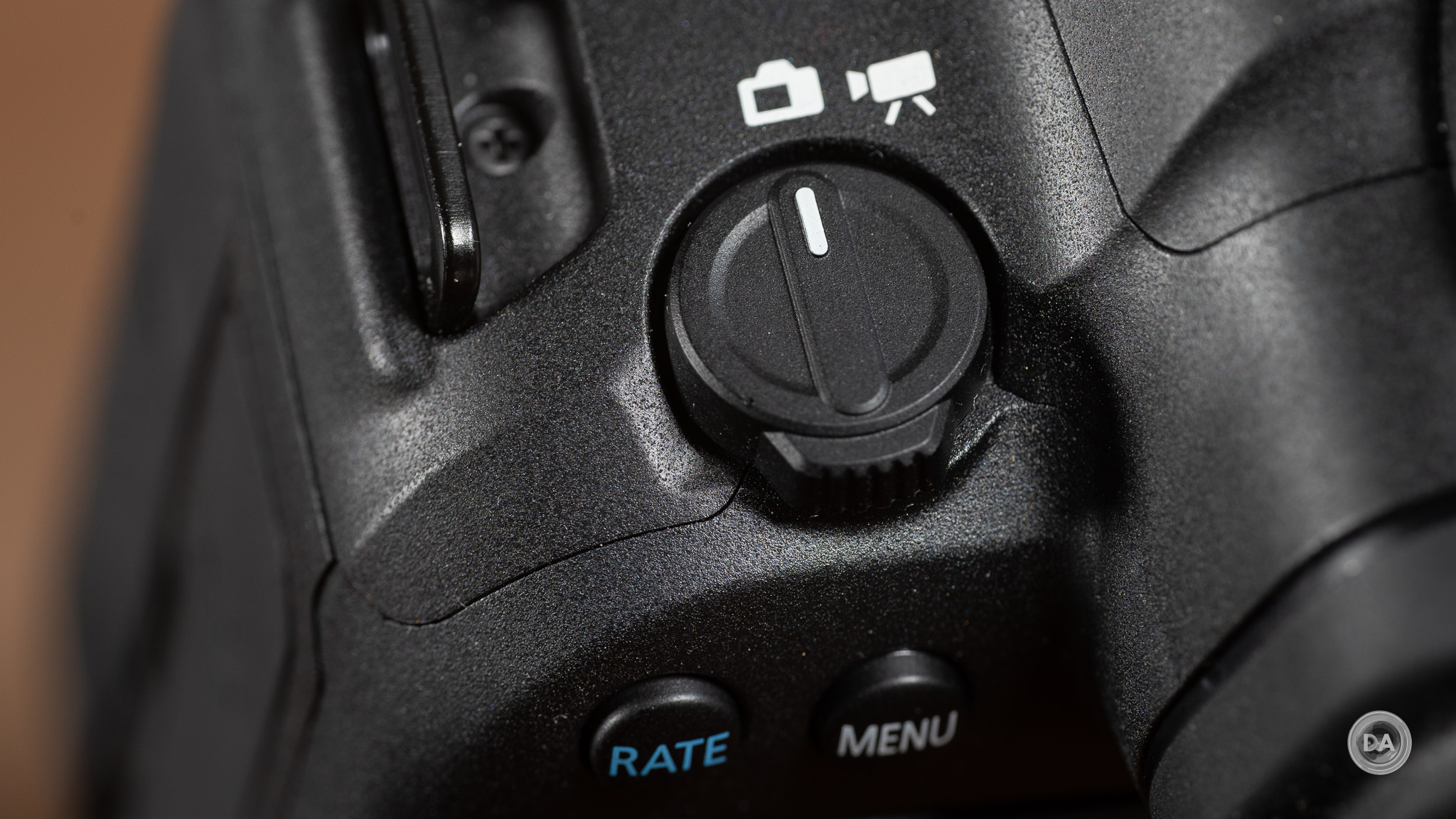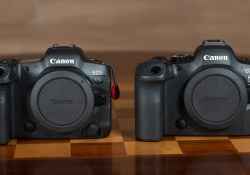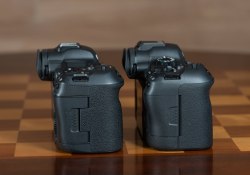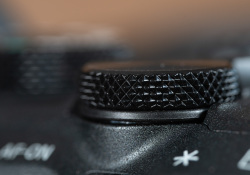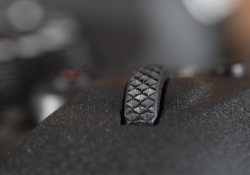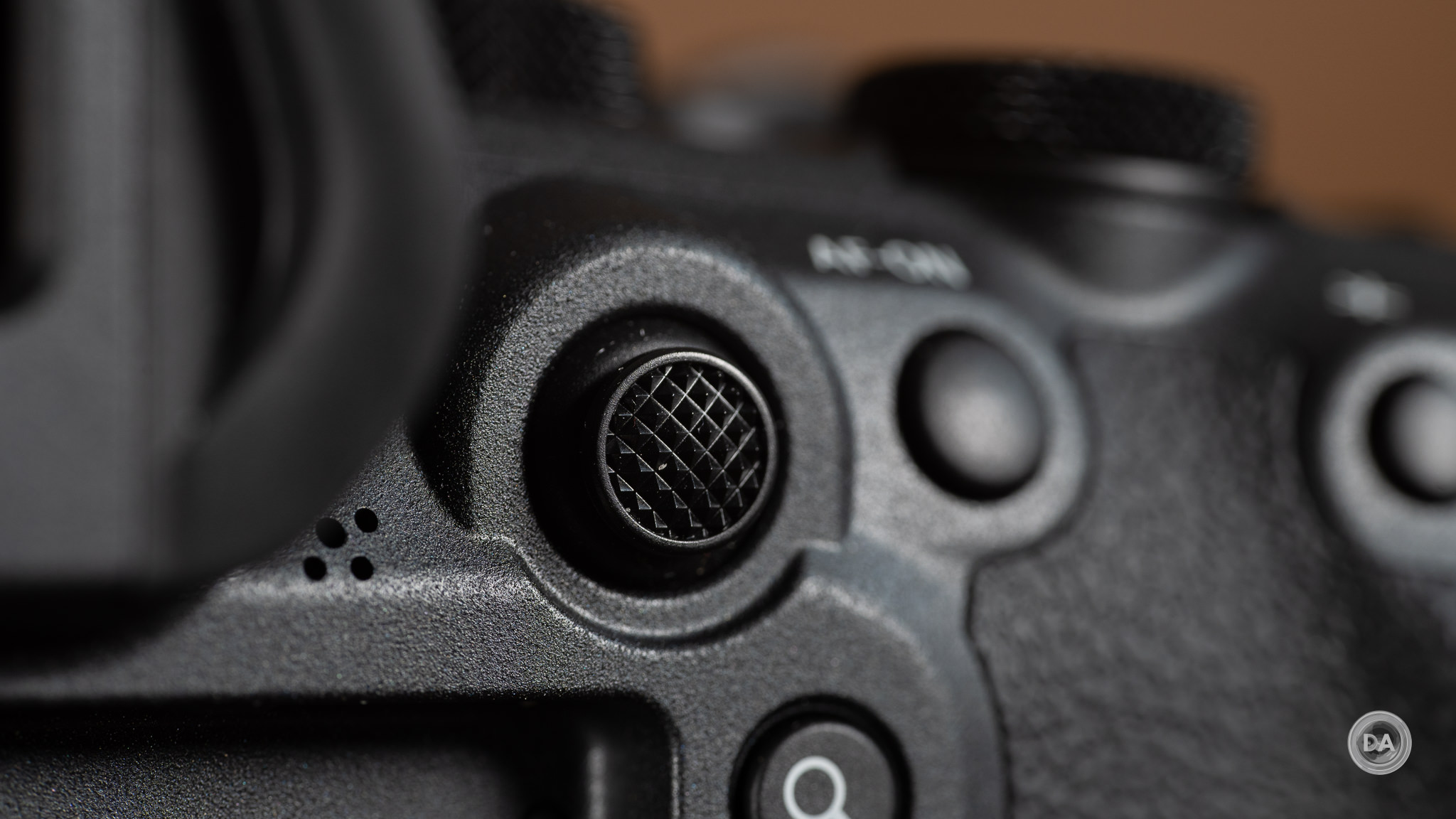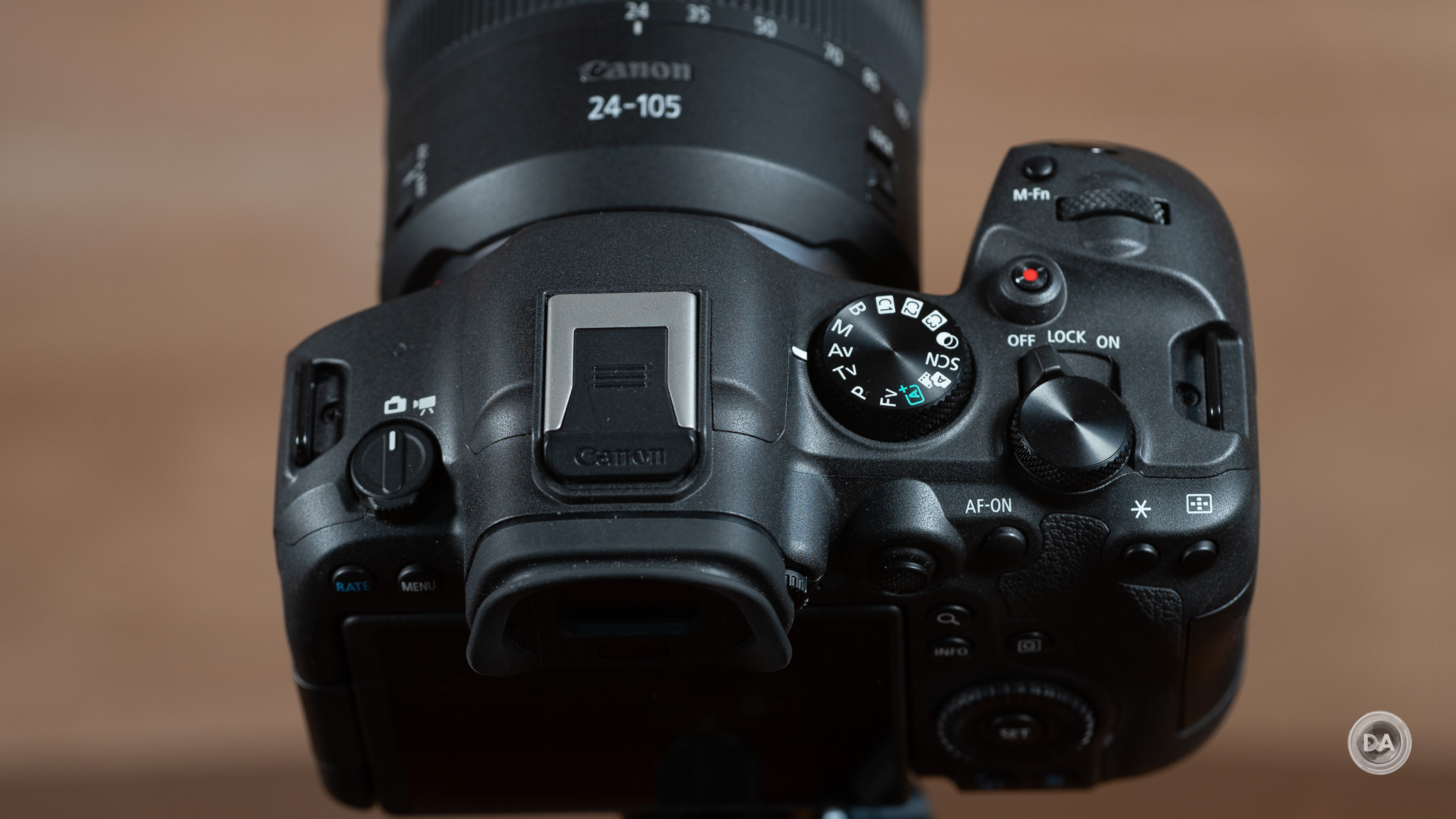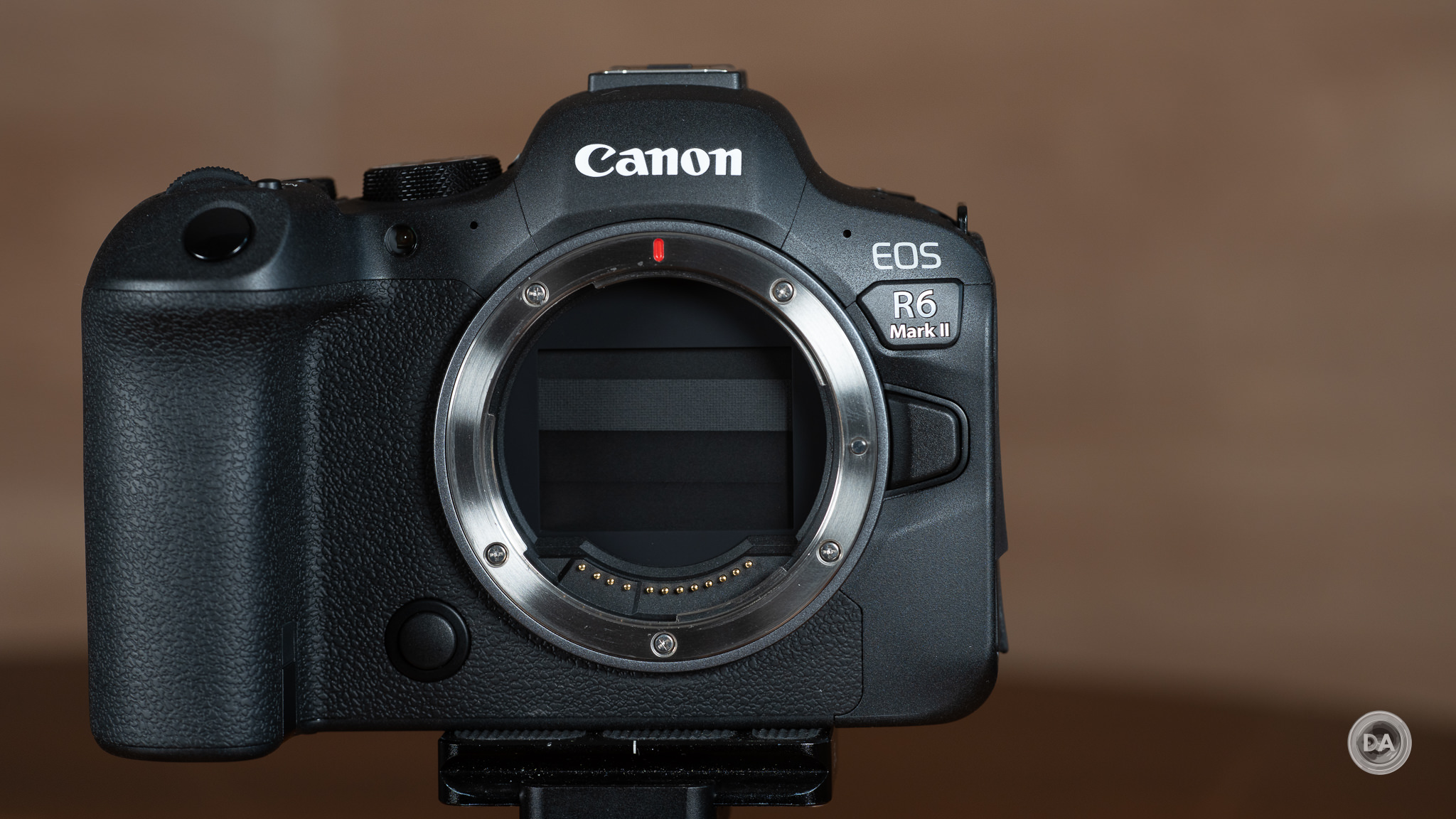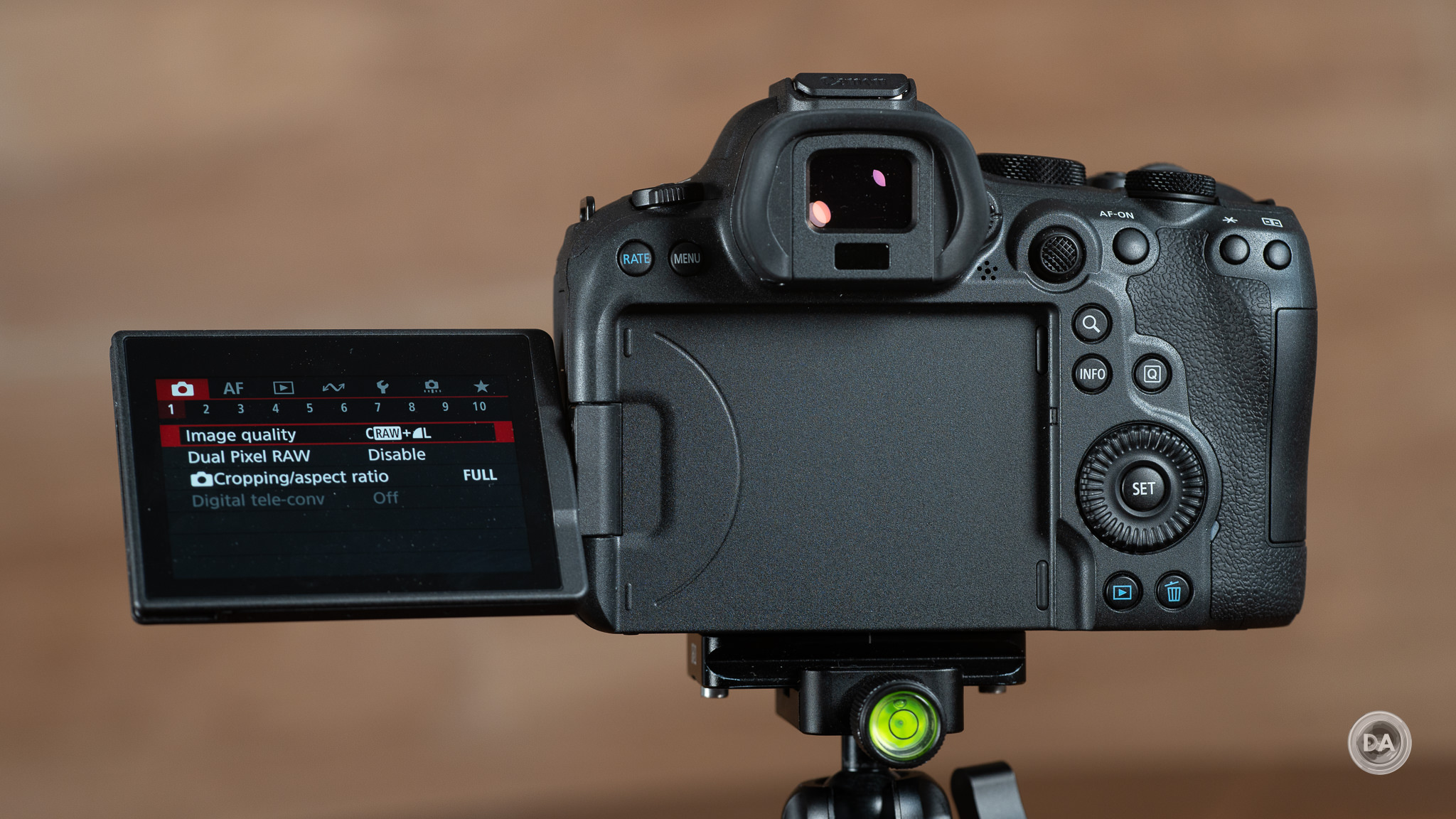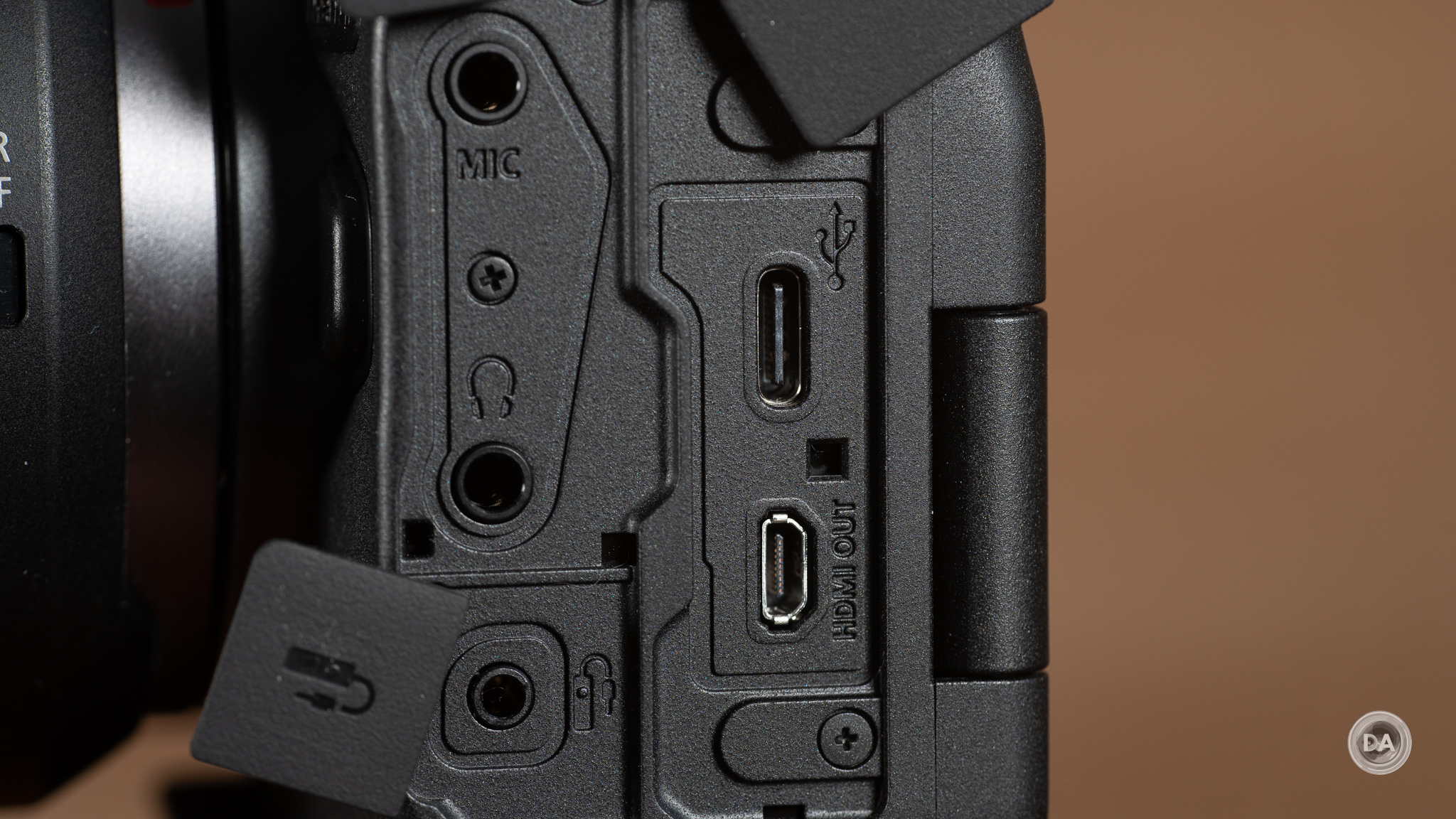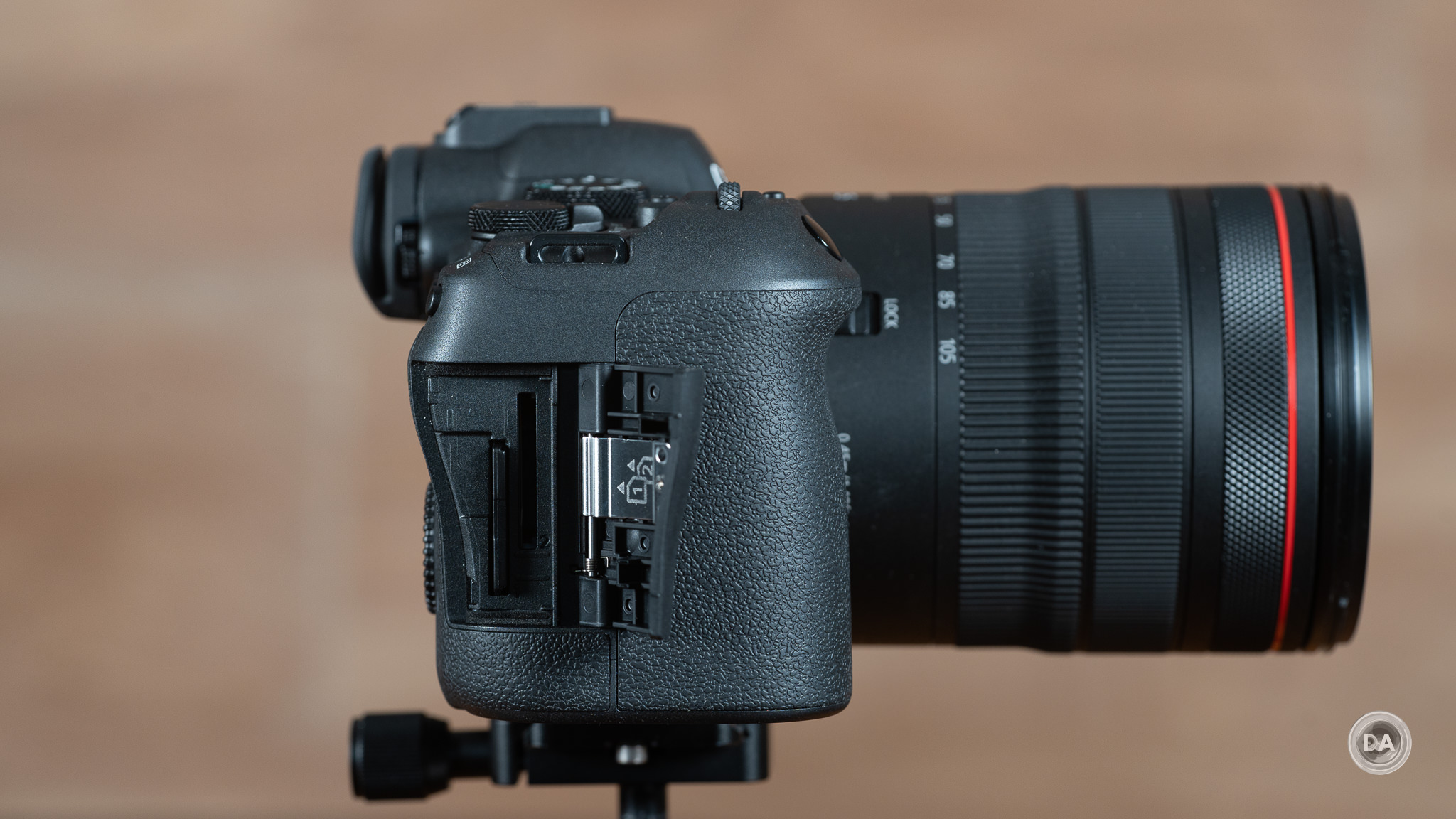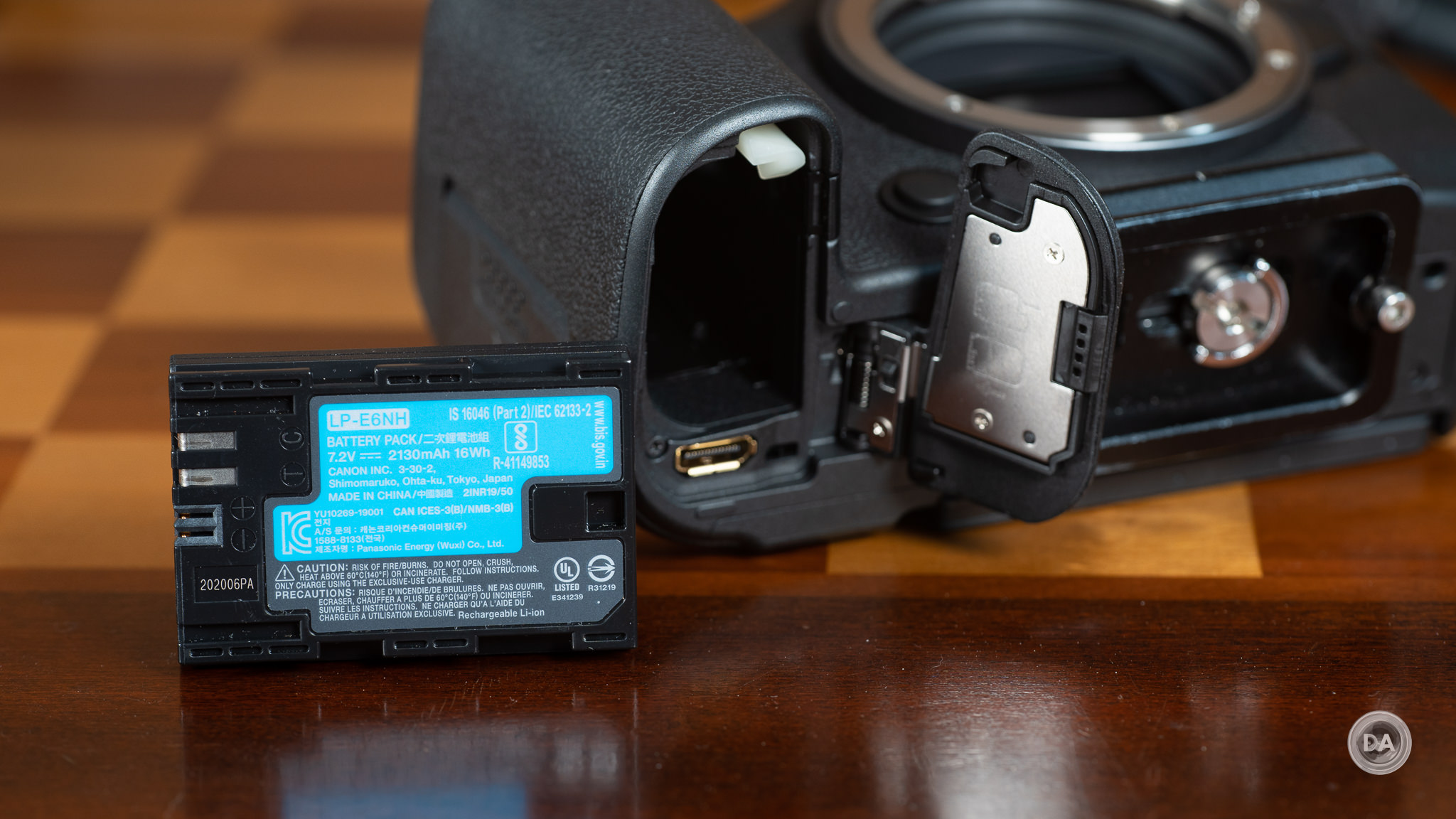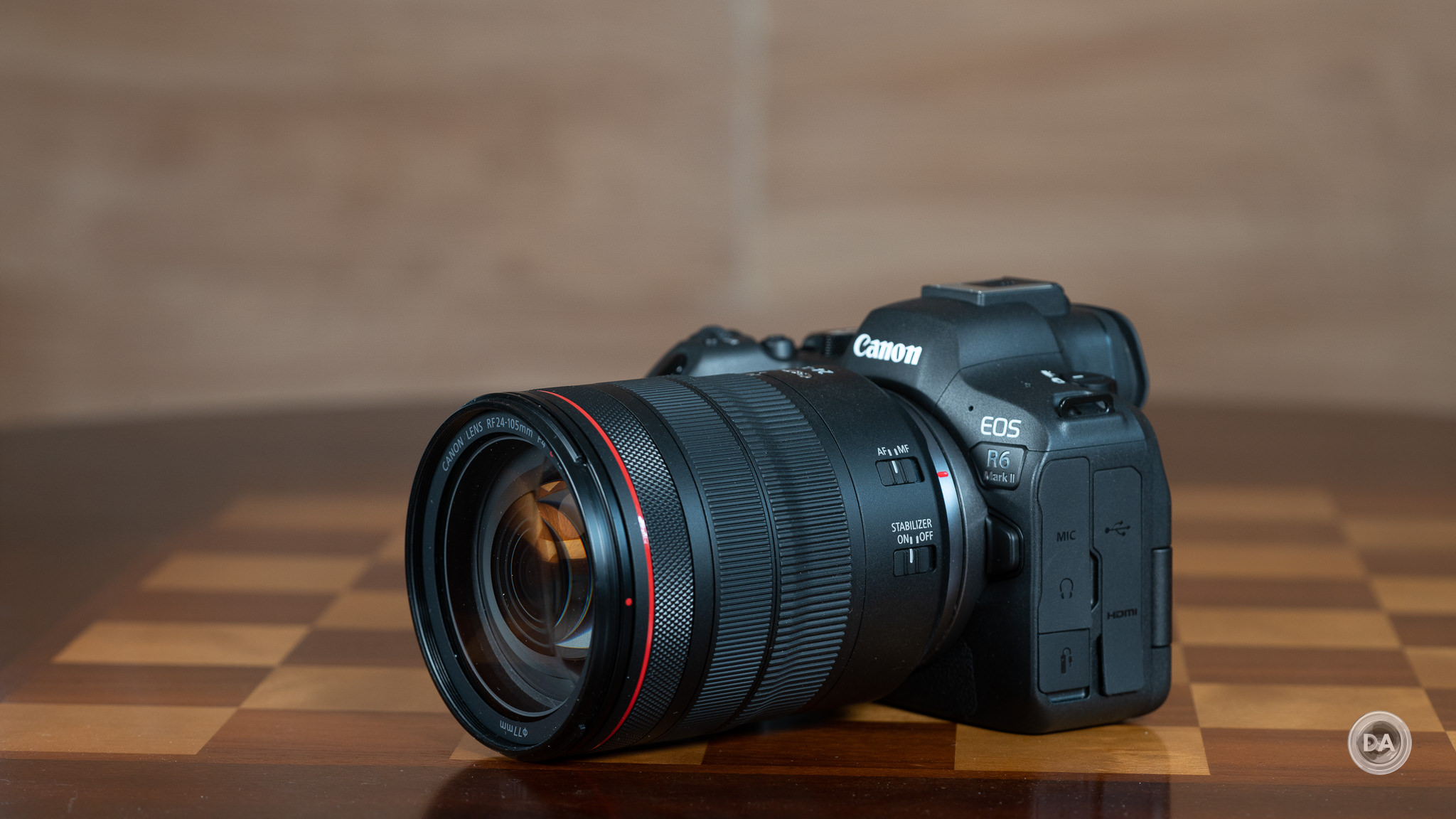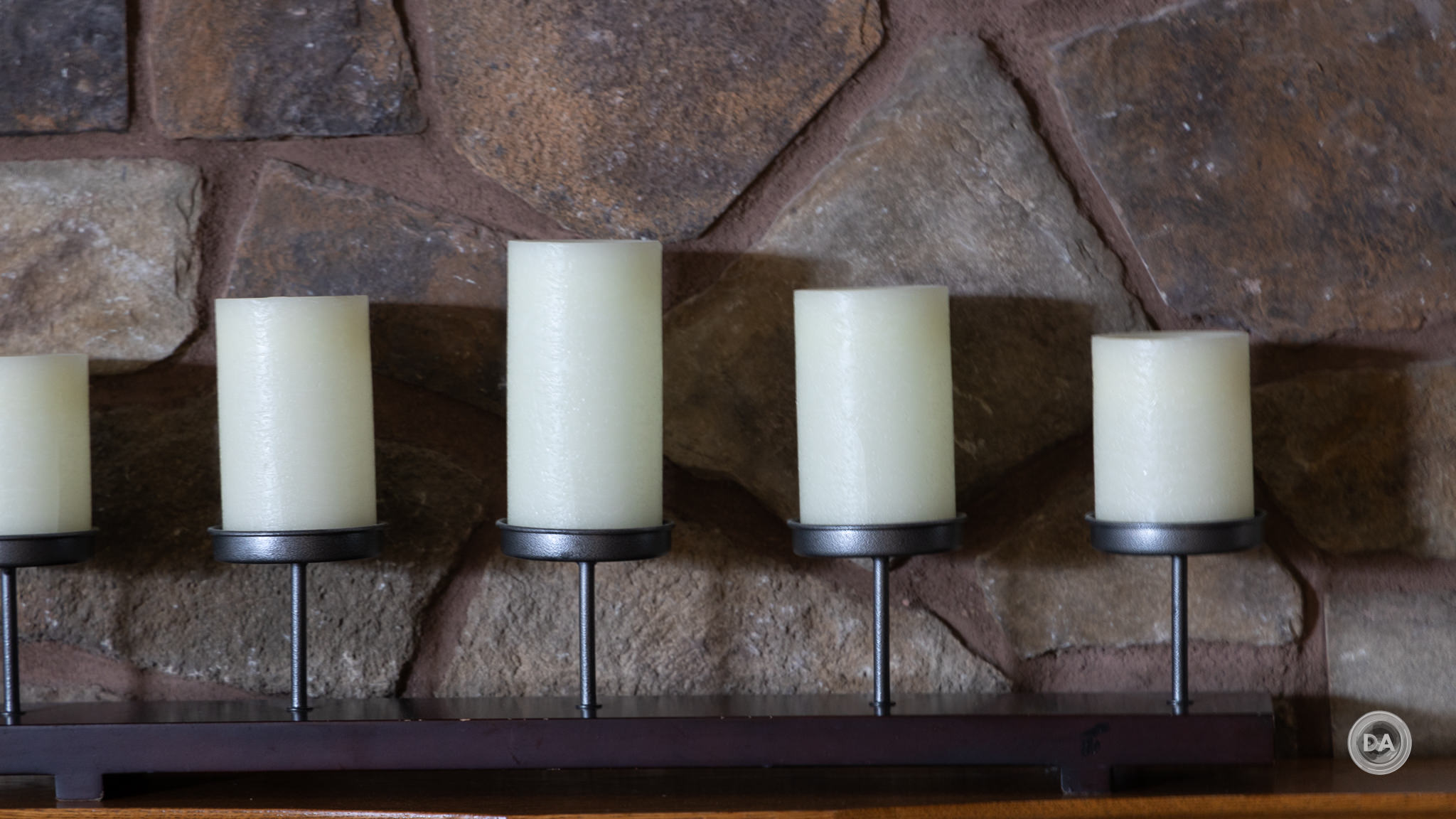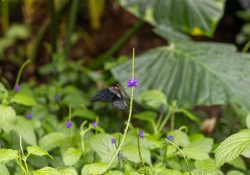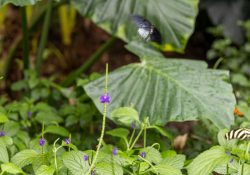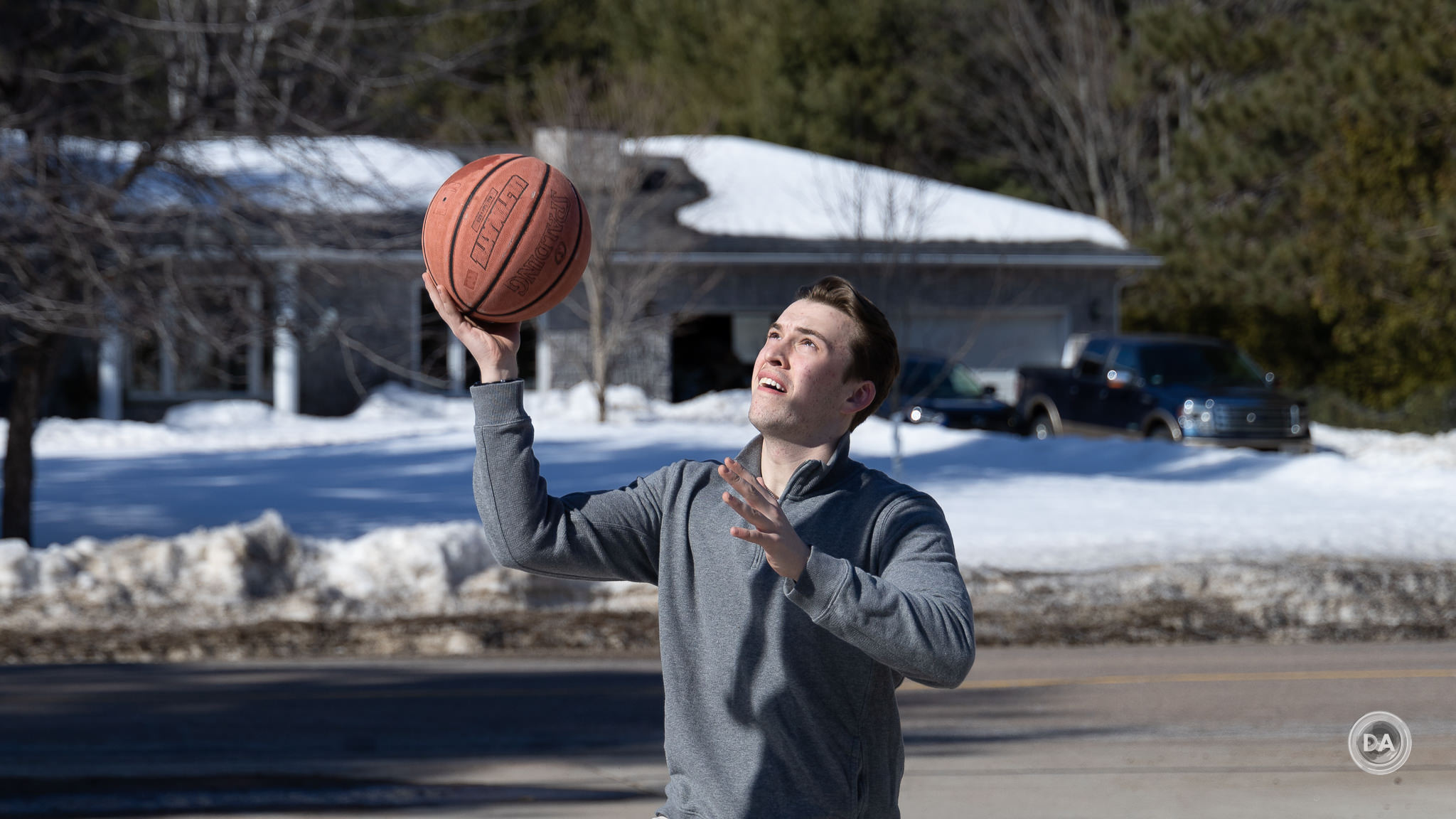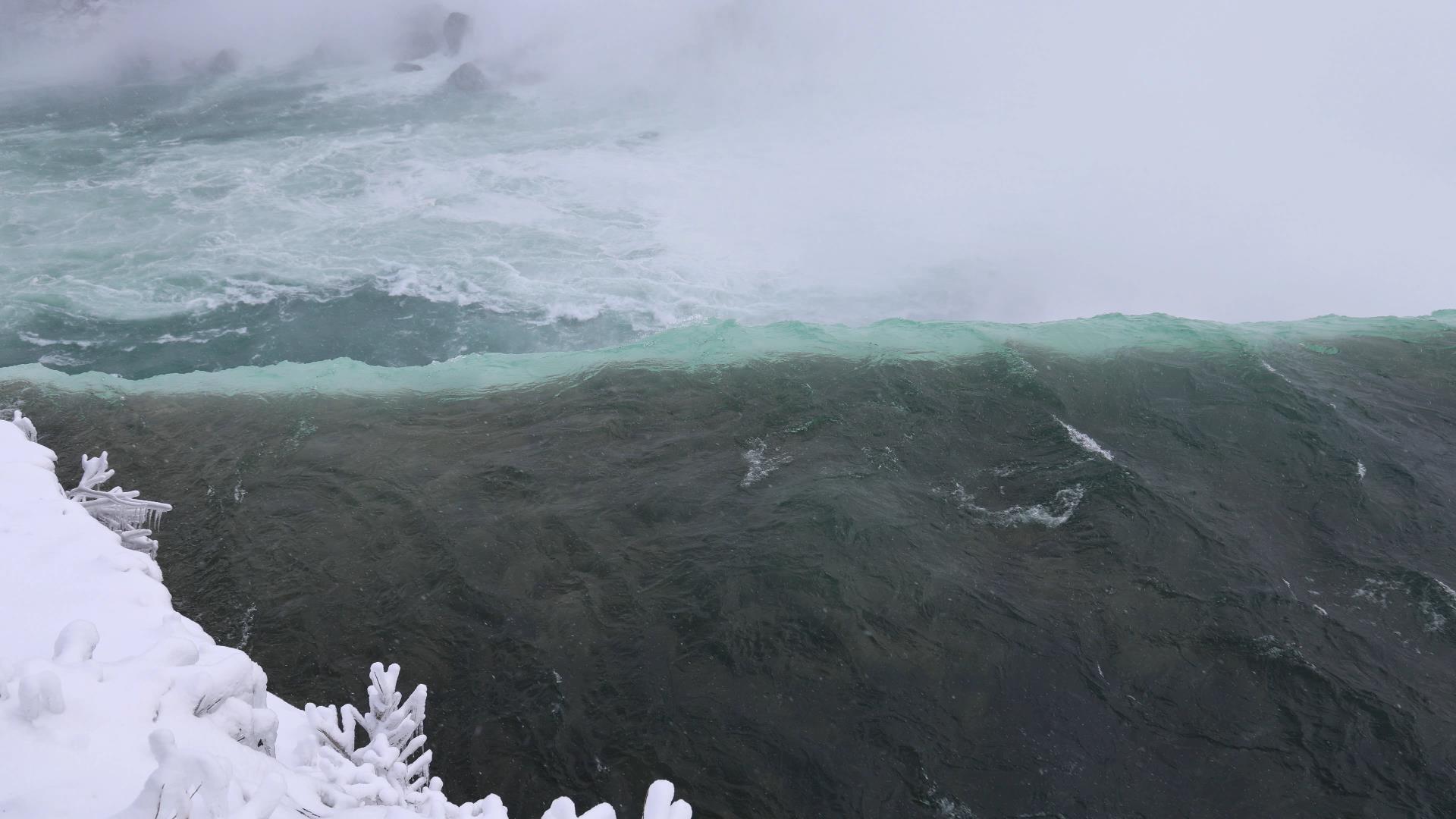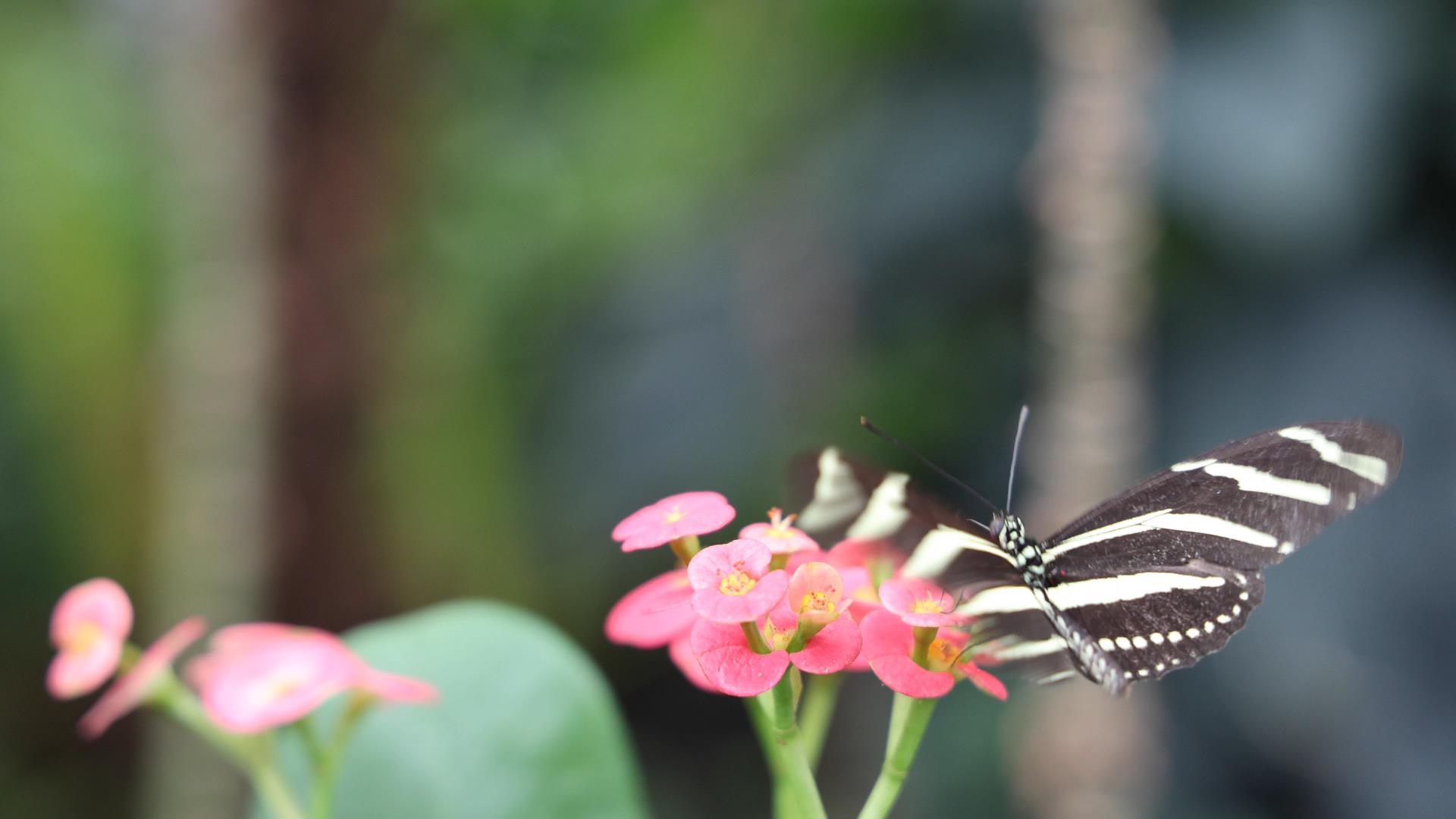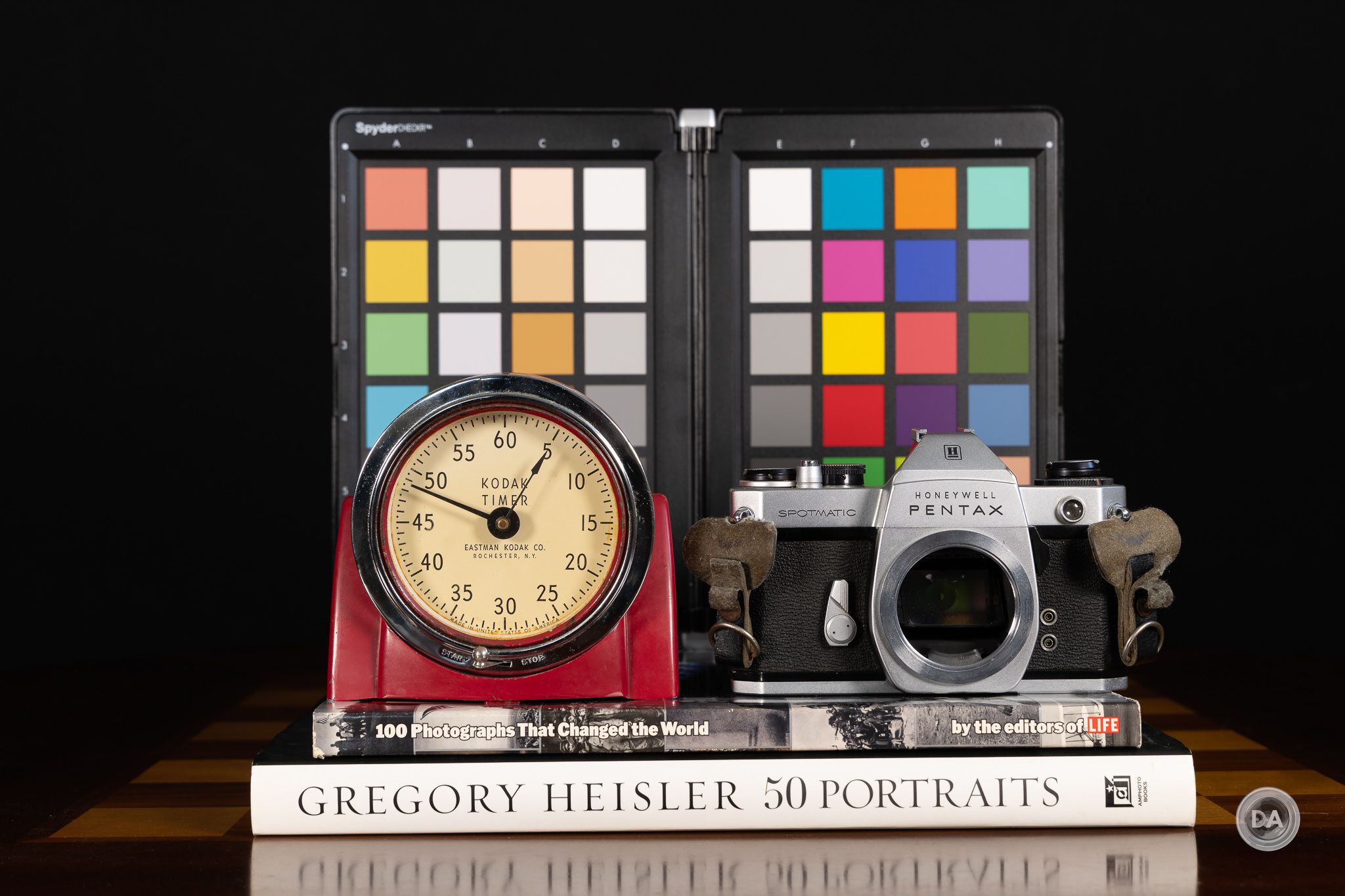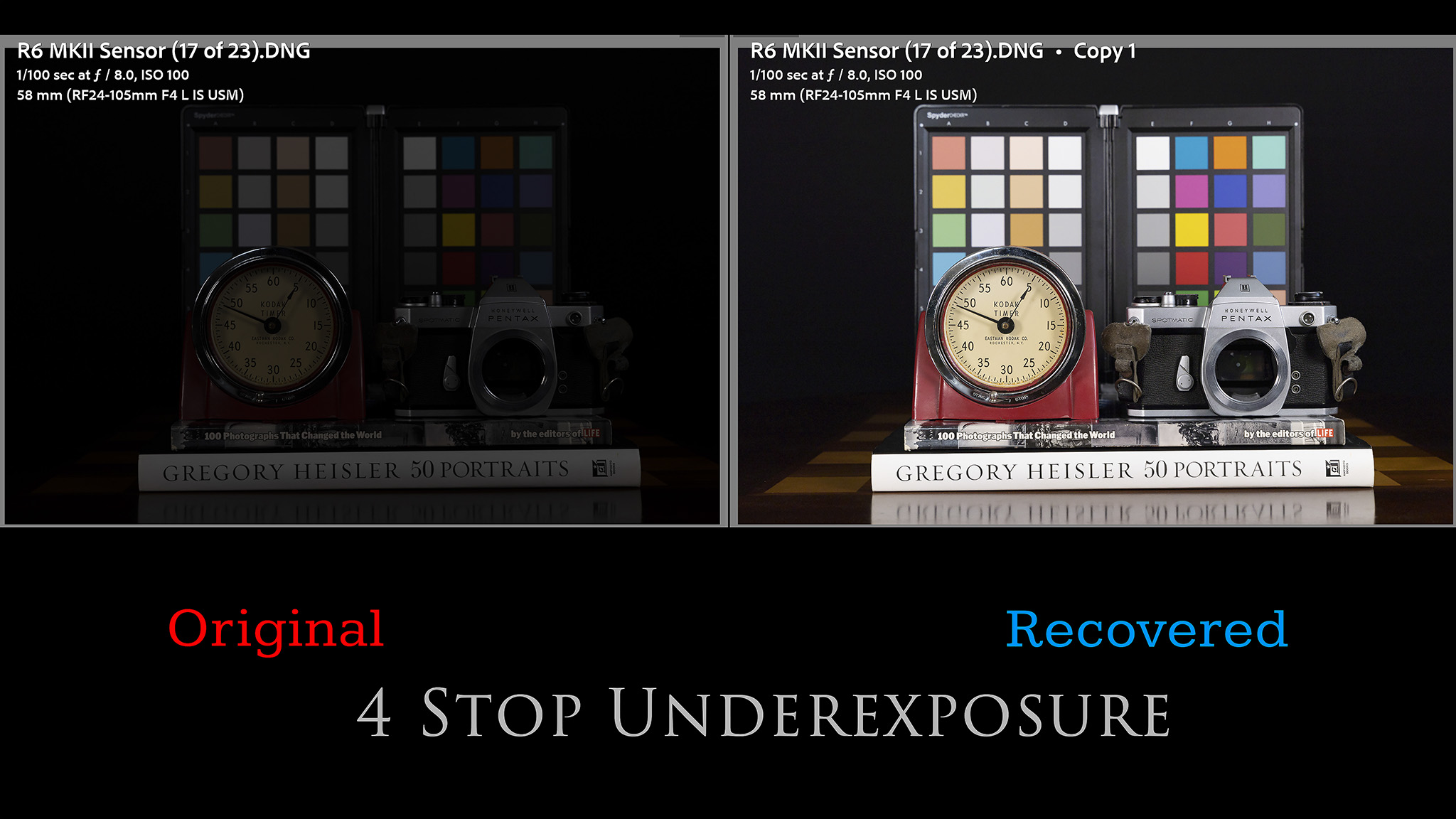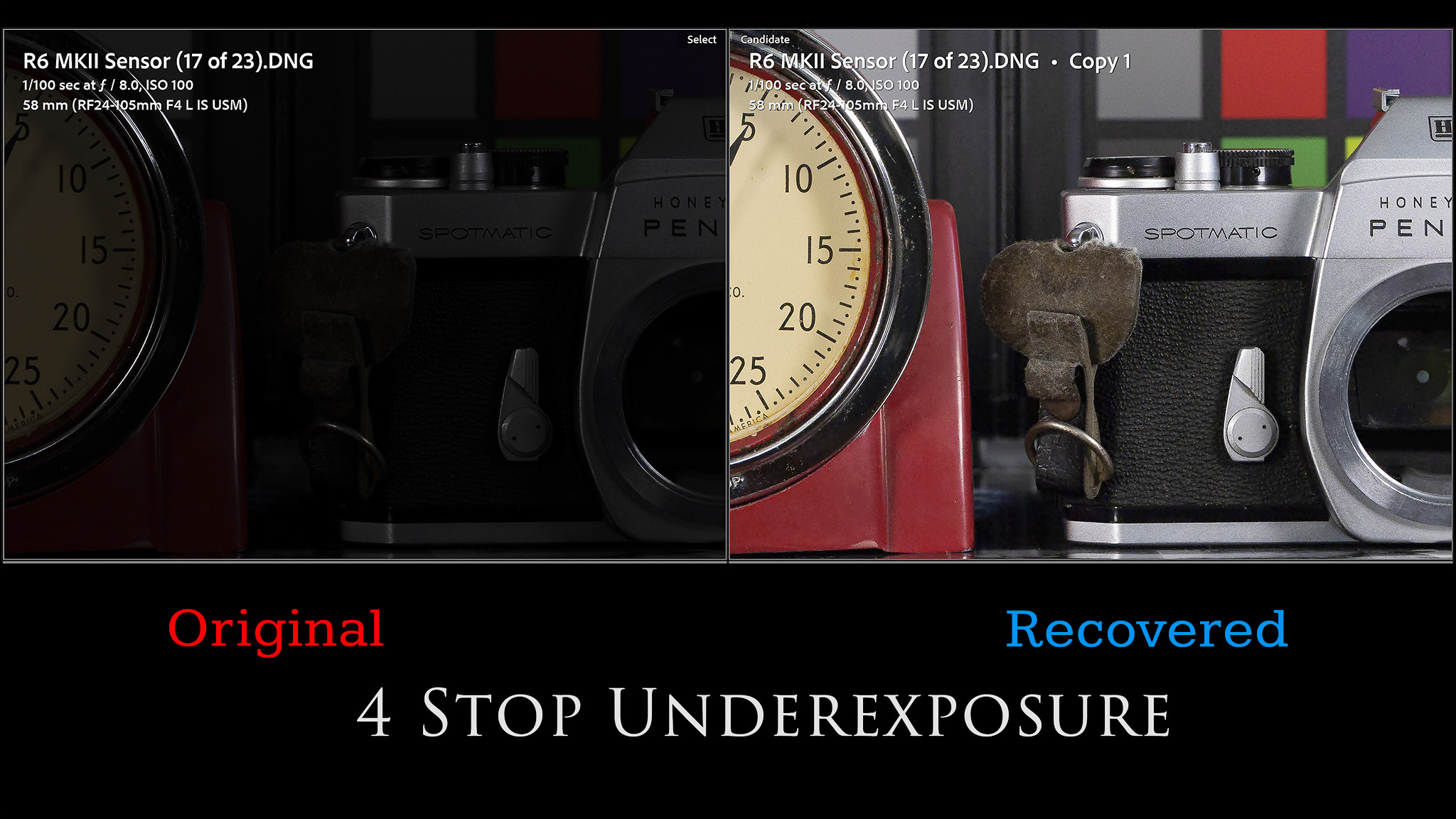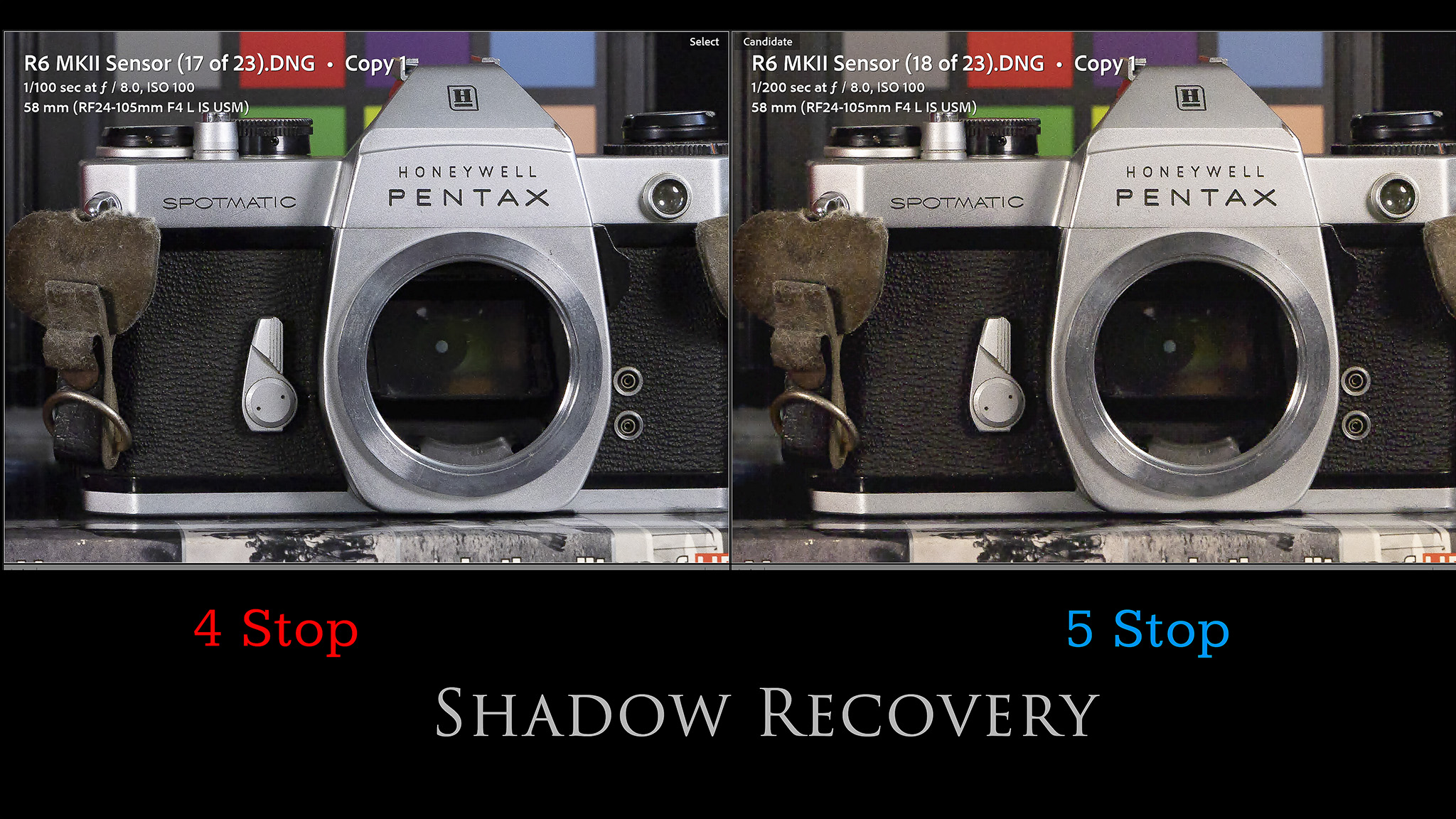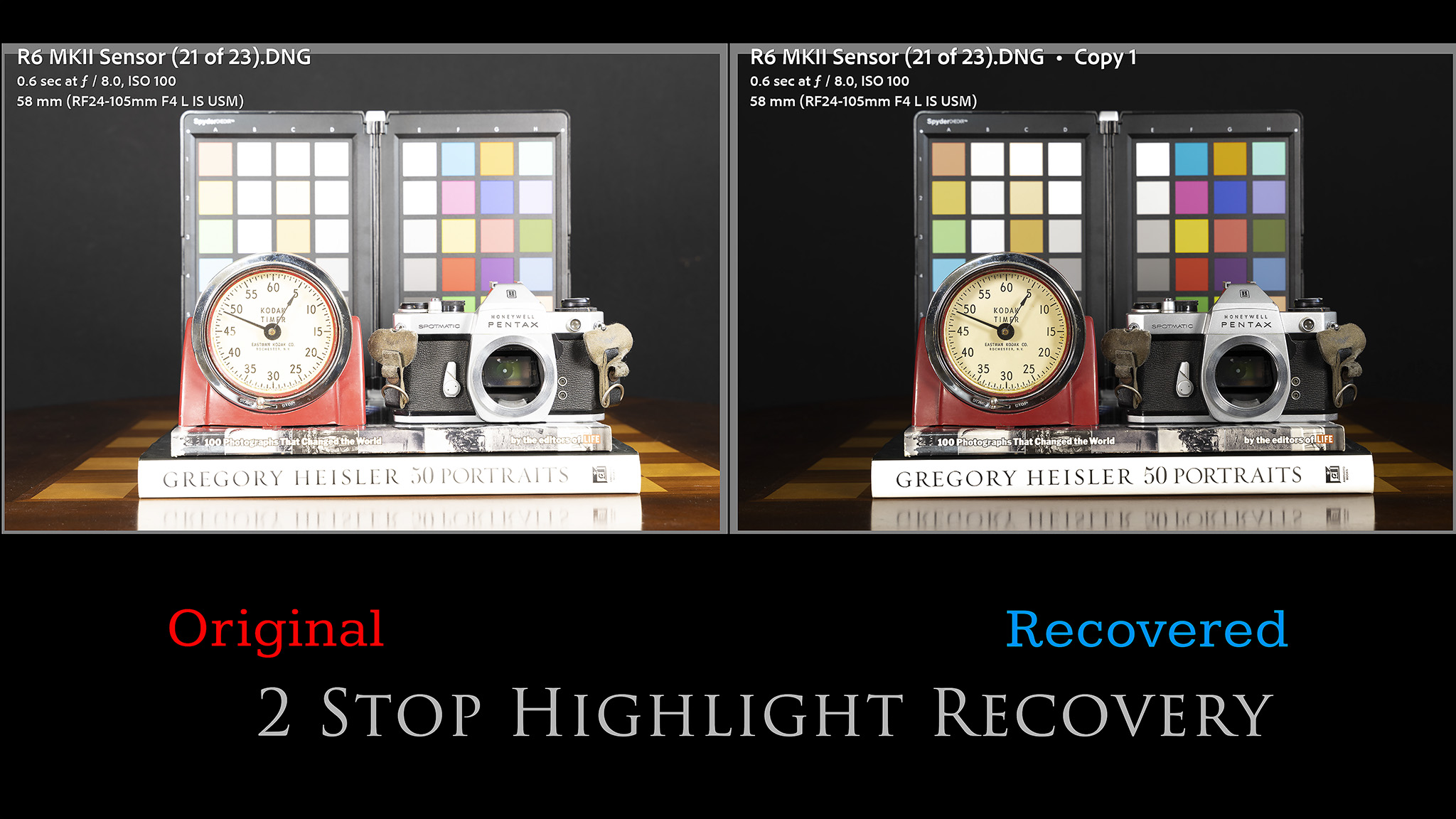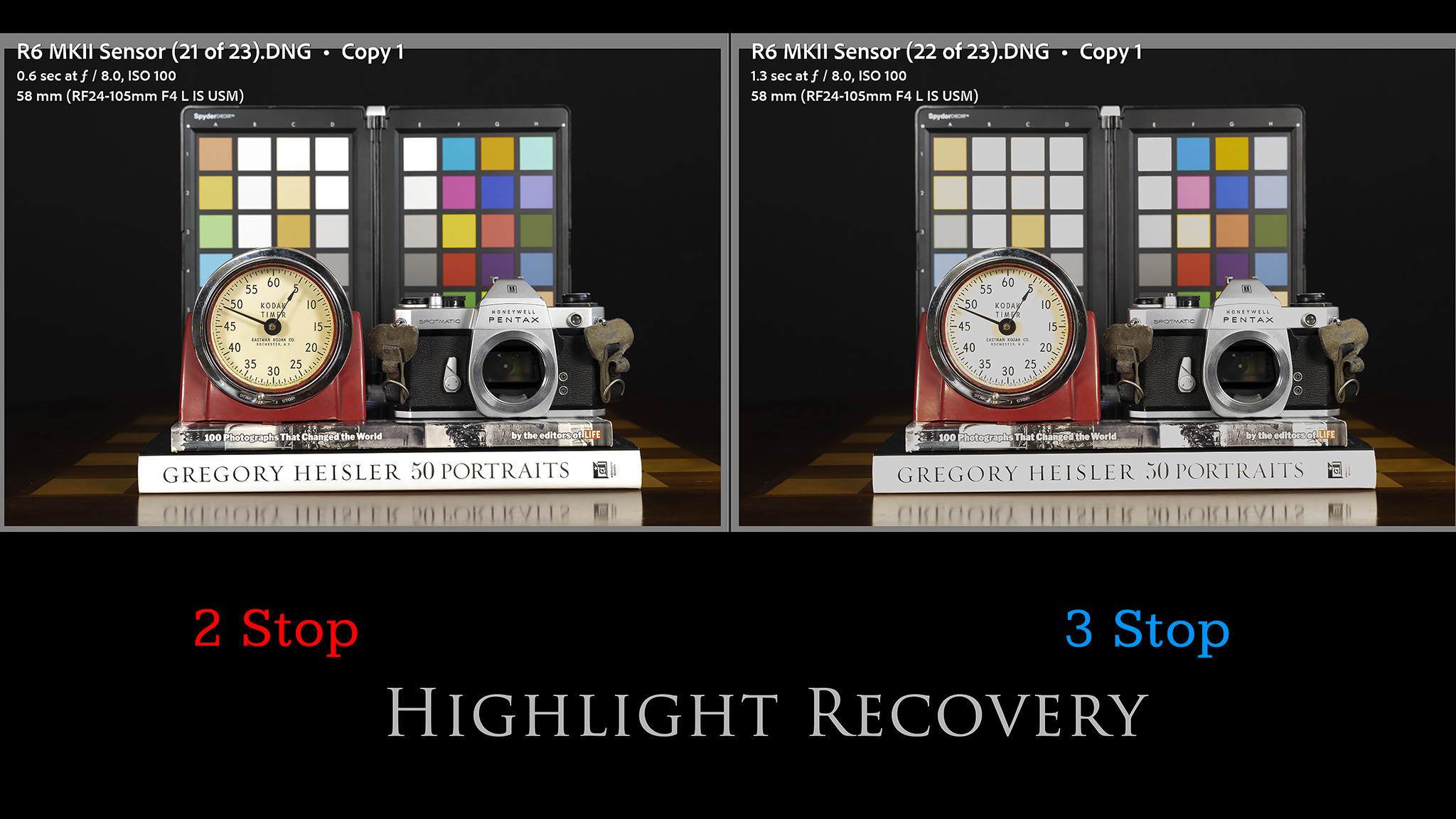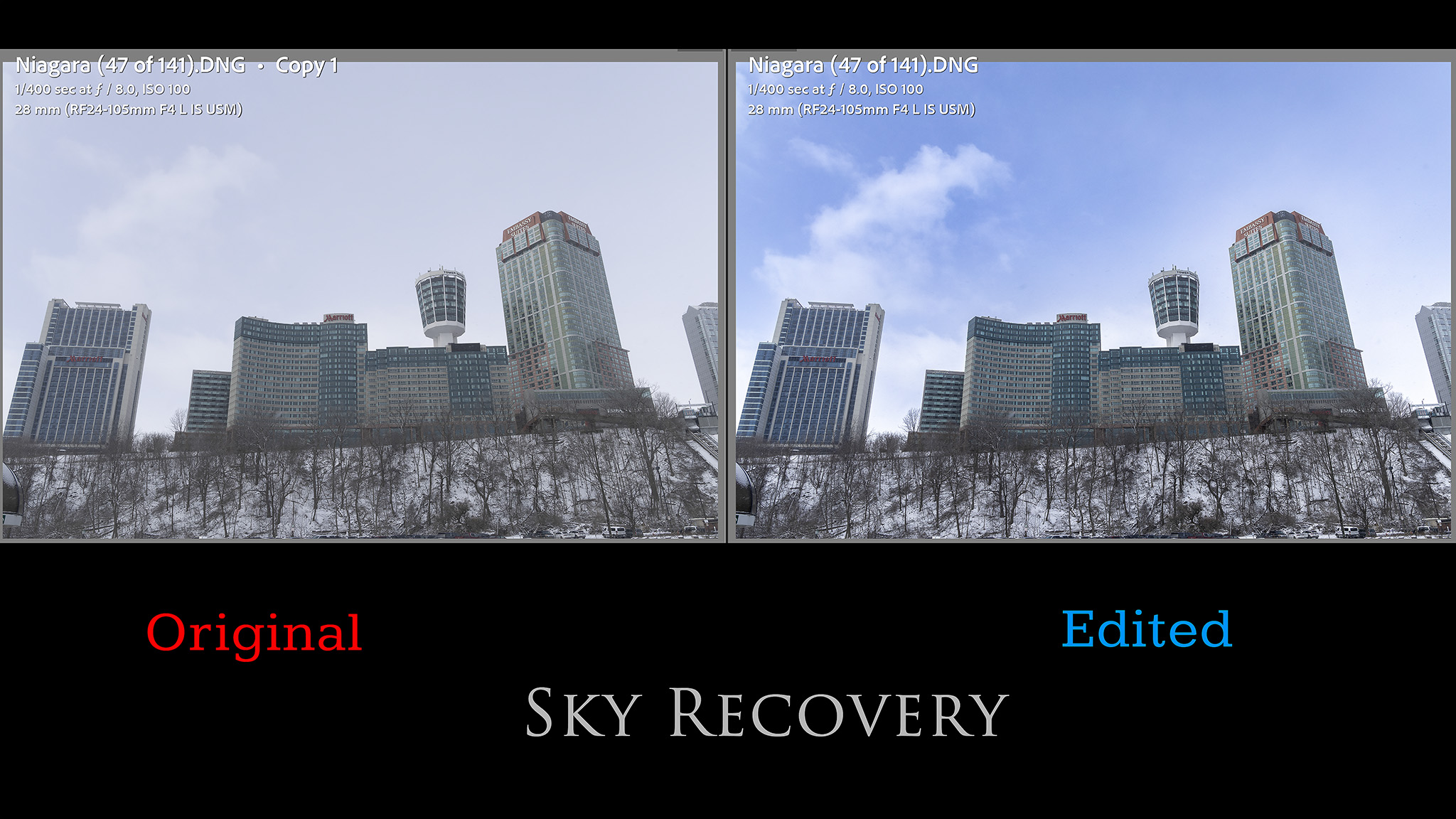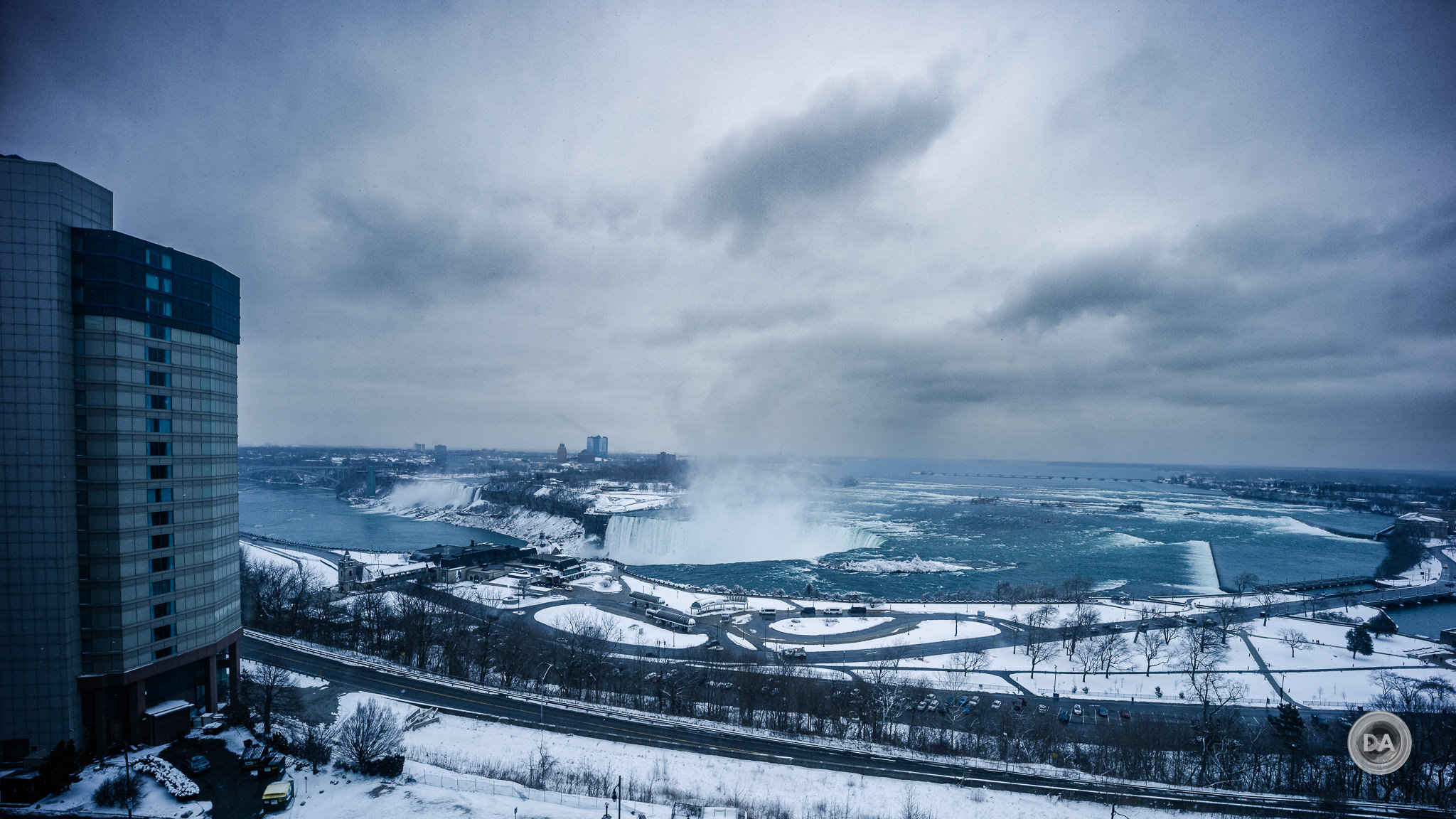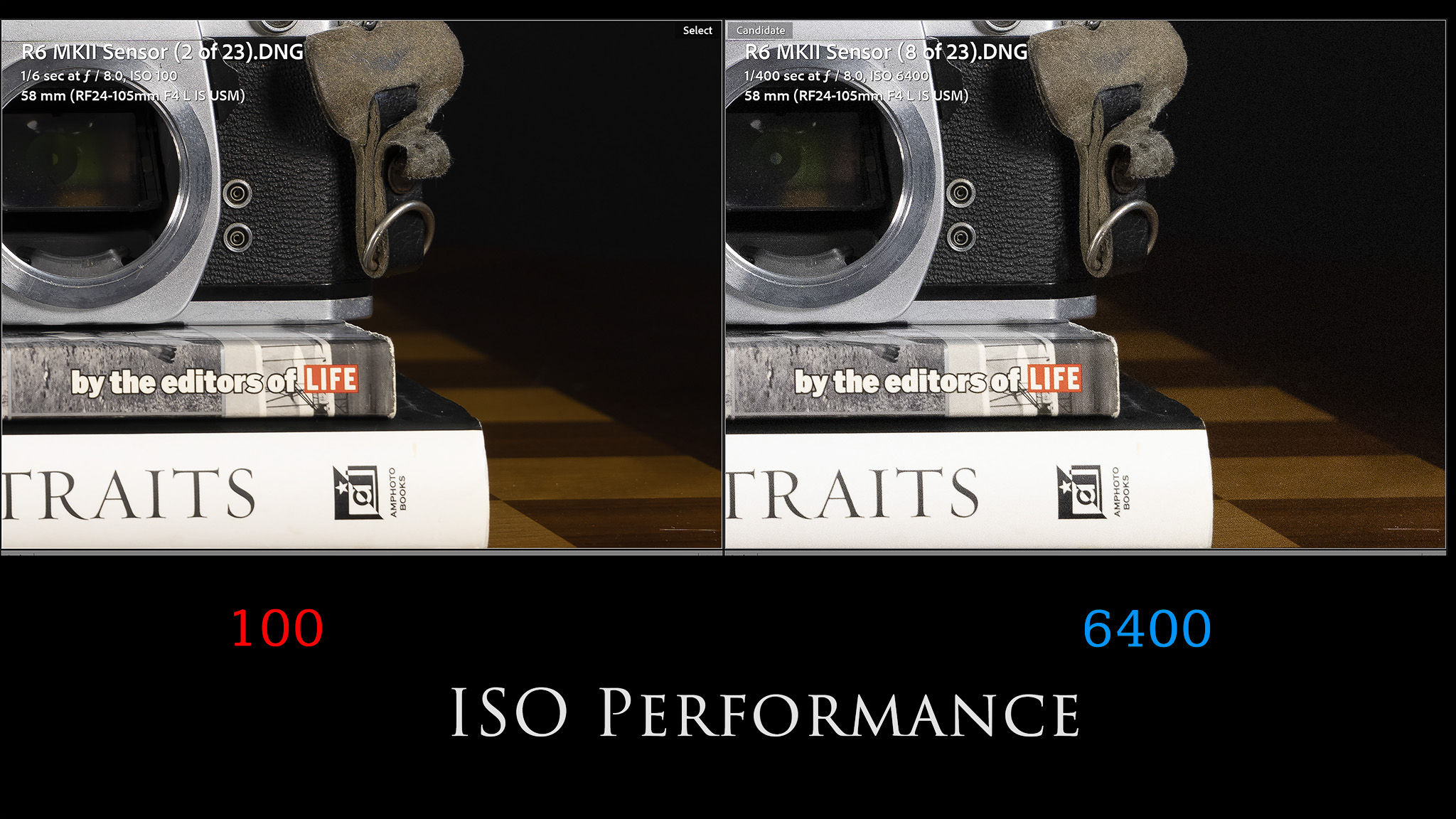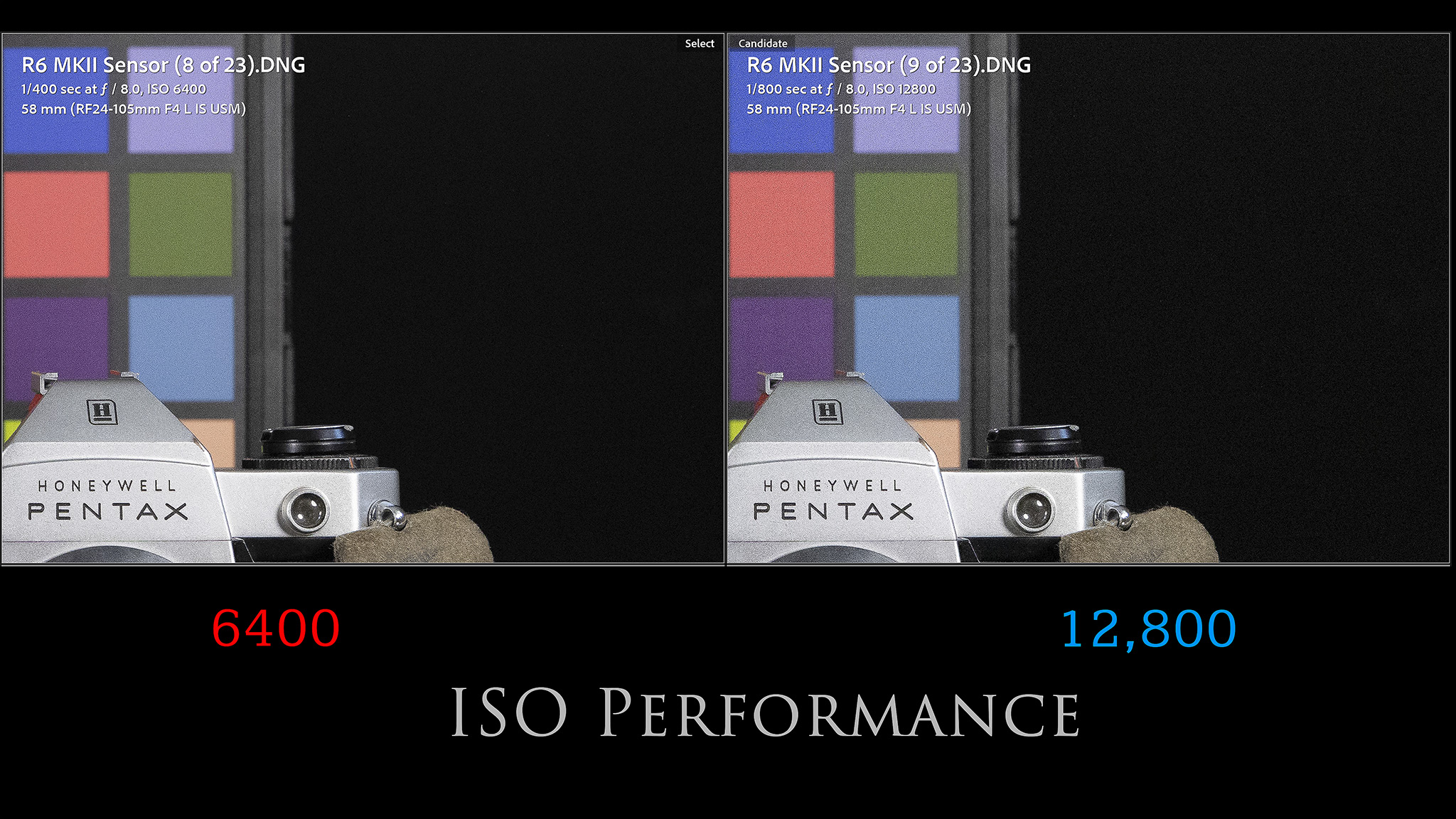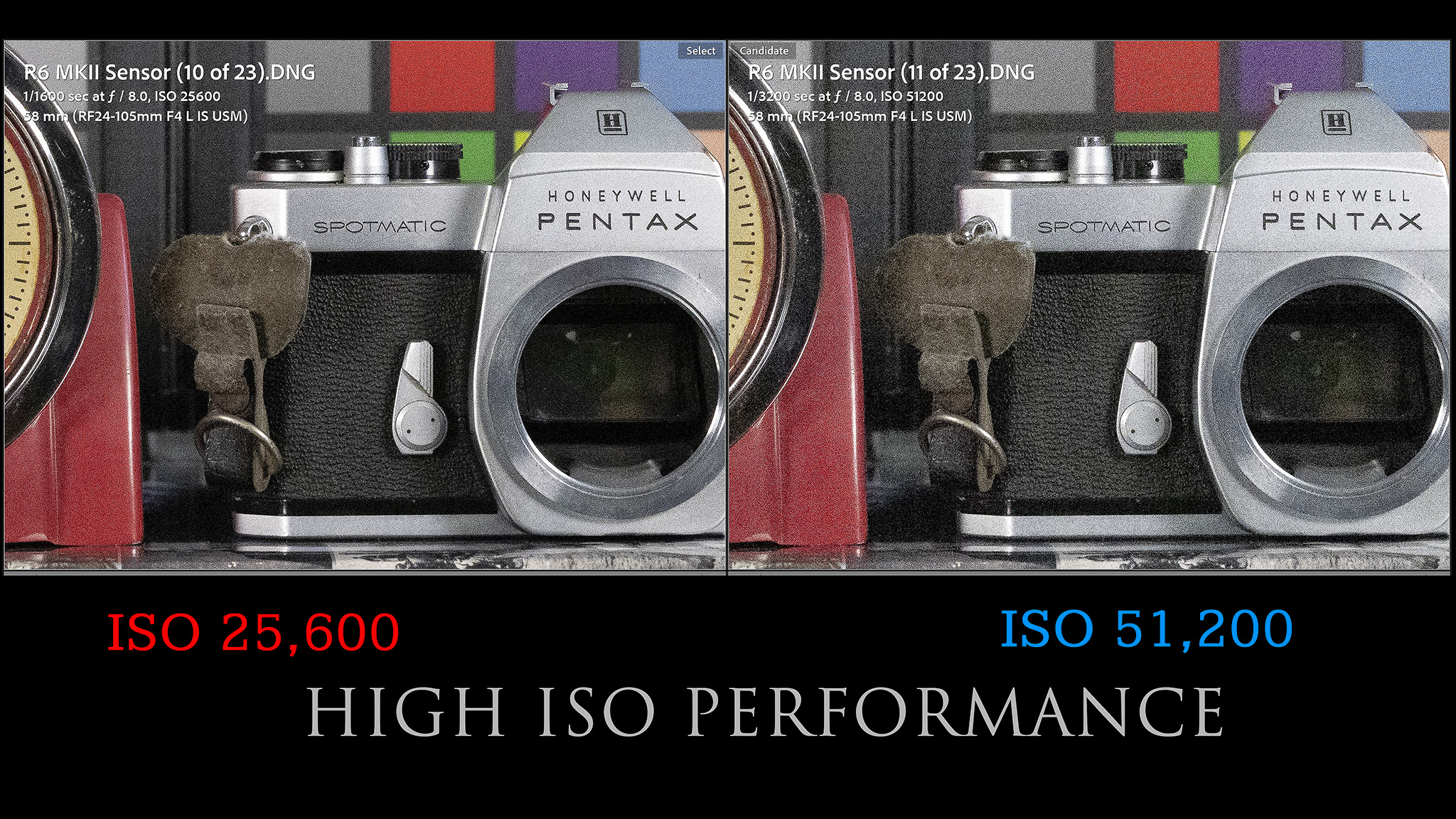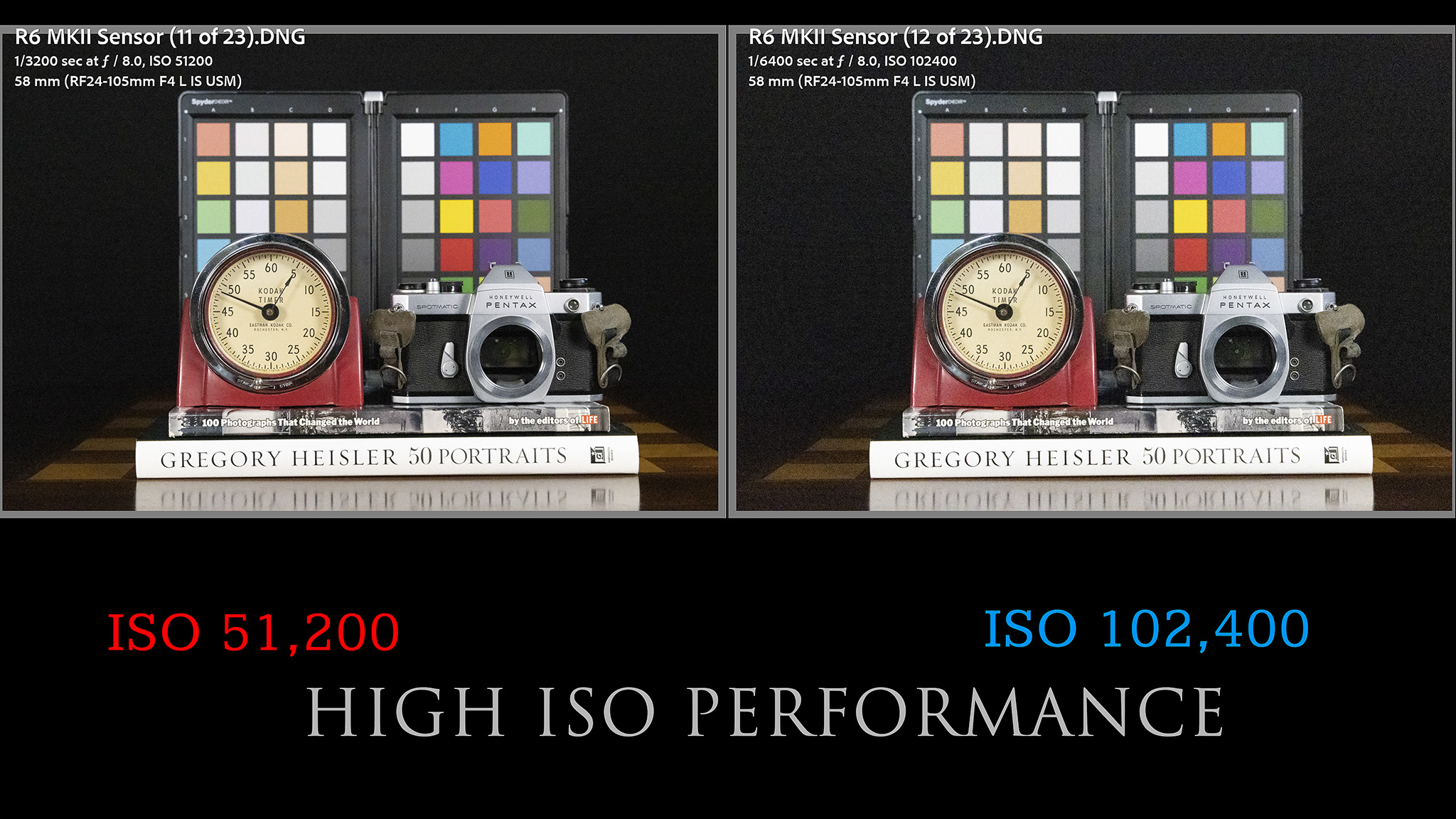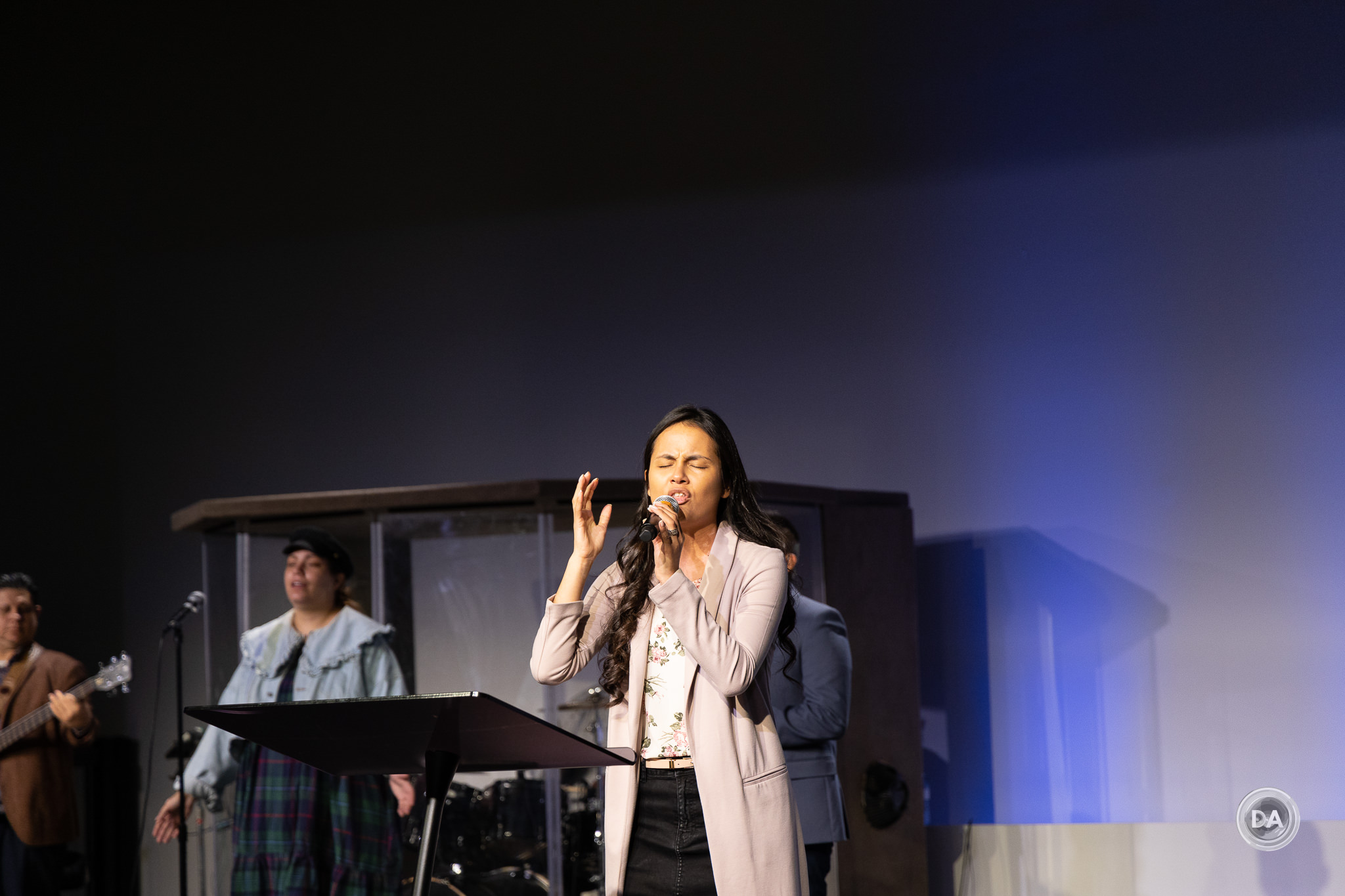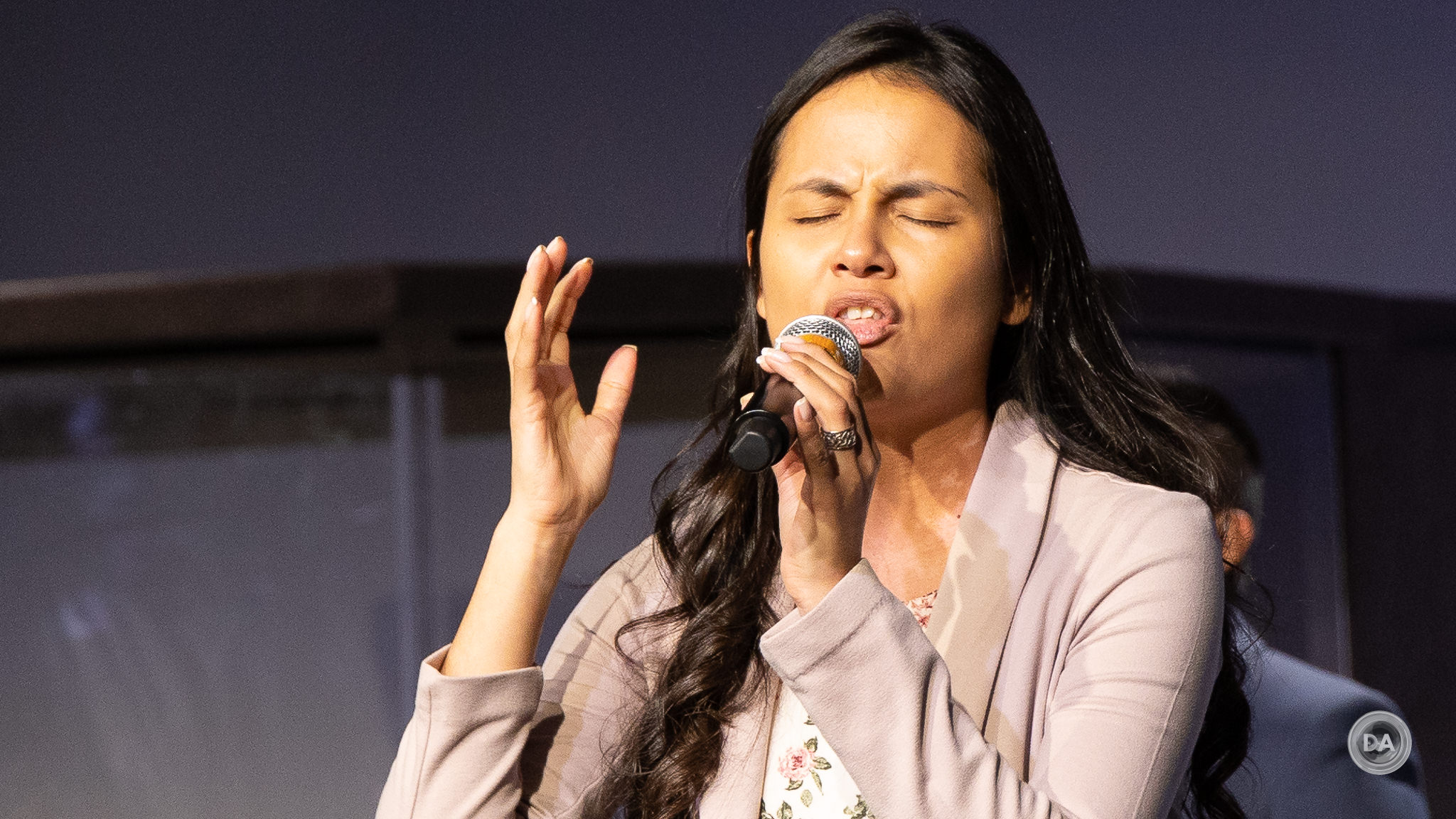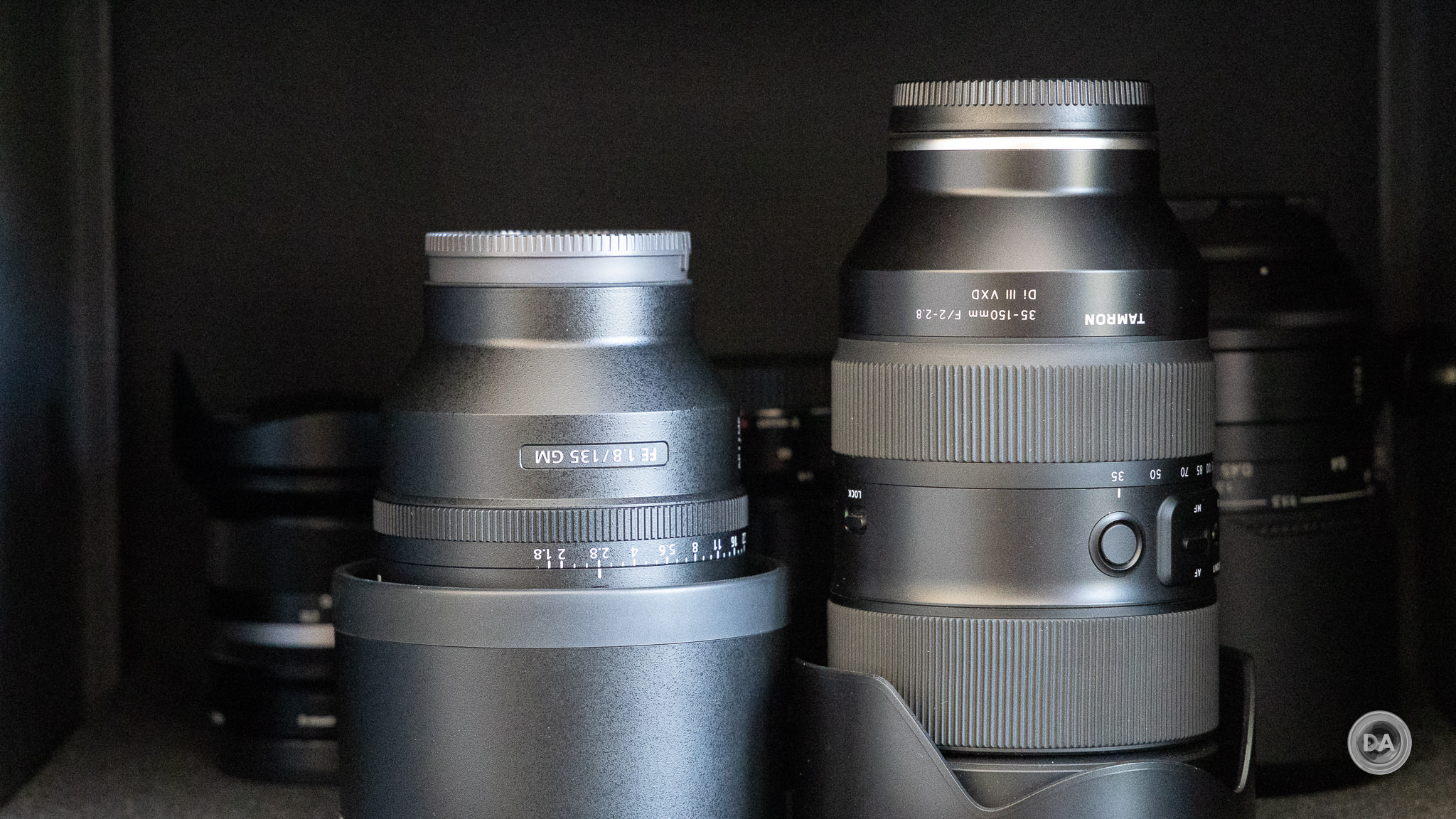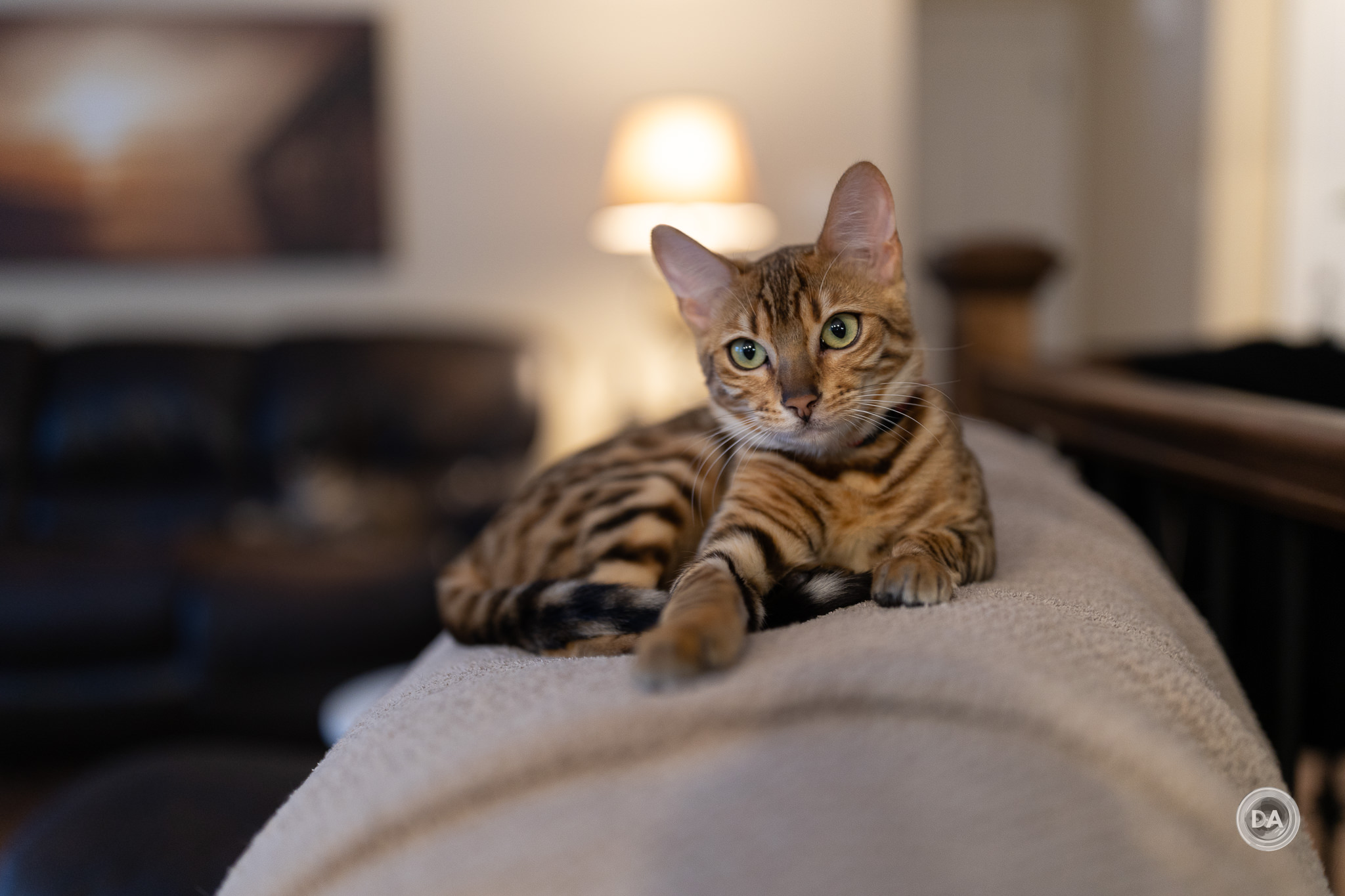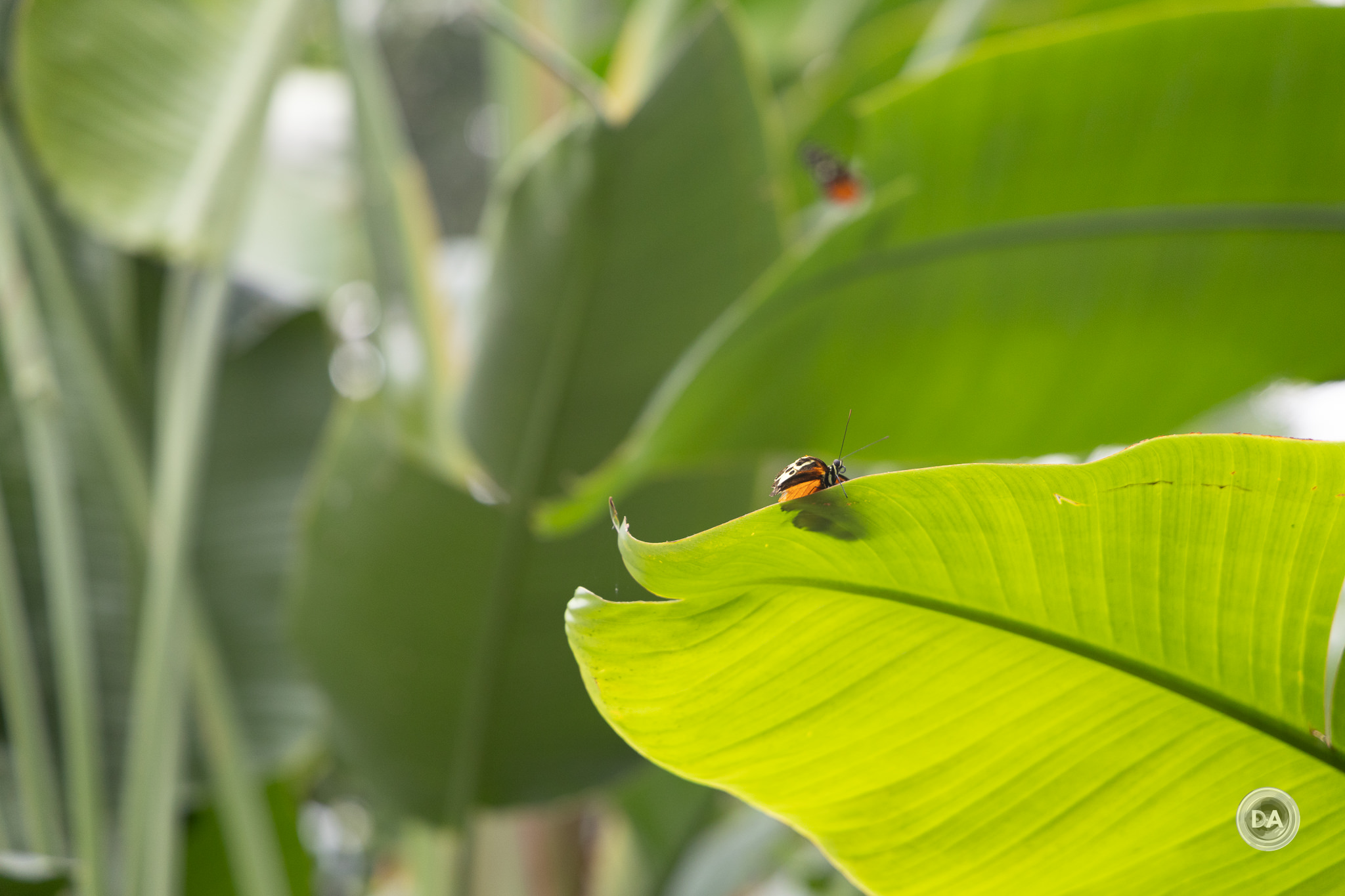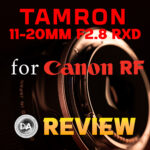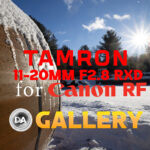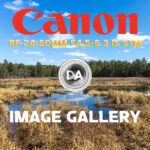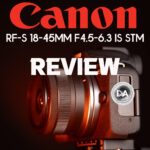It was less than three years ago that Canon released its two first truly impressive full frame mirrorless cameras – the 45MP Canon EOS R5 (my review here) and the lower resolution (20MP) but still high performing EOS R6 (my review here). The latter camera offering similar tracking capabilities and burst speeds to the impressive EOS R5 but at a lower cost point. Since that point Canon released the sports powerhouse Canon EOS R3 (my review here), and their newest camera – the Canon EOS R6 MK II – is the recipient of a lot of that advanced focus technology, though at a much lower price point of about $2500 USD. This is the first of Canon’s full frame mirrorless cameras to get a “Mark II” version, and the R6 MKII shows all the signs of being a more polished, mature second generation product. The headline specs here are a new 24.2MP full frame C-MOS sensor and an electronic shutter that will deliver up to 40FPS, but it is the all-round performance and fantastic autofocus capabilities of the R6 MKII that make it a real joy to use.
We’ll detail more in the autofocus section, but my favorite thing about the autofocus system here is a really robust “Auto” mode for selecting a subject to track. I love the Eye AF and tracking capabilities of my Sony cameras, but you have to be very careful to select the correct subject (human, animal, bird, etc…) as you can otherwise get really inconsistent results as the camera searches for a subject that might not be in the frame. The ability to select “Auto Subject Detection” on the R6 MK II allows me to seamlessly move from human to animal subjects with excellent detection.
Canon has (for the most part) nailed the ergonomics of their R cameras. The grip feels great in the hands, the dials and buttons are typically well placed, but they also can’t seem to quite settle on where to put certain things. In this case, I have a major frustration with how they’ve moved the ON | LOCK | OFF switch to the opposite side of the camera but replaced the traditional location switch on typical Canon cameras with a STILLS/VIDEO switch. Canon says, “An updated top plate design repositions the On/Off dial and Photo/Video mode dial for more intuitive handling.”, but to me there is nothing intuitive about this change as it is in the exact same position as the ON/AFF switch for my EOS R5 and the switch has the exact same feel. I’ve got years of muscle memory to reach for that switch (which feels the same) and so I’ve have gone to turn the R6 MKII off dozens of times and switched into video mode instead. I’ll pick the camera up out of my bag to shoot again and discover it is already on because its in standby mode to take videos instead of being switched off. If you own only one camera, you will get used to the change, but if you own multiple Canon cameras, it will be almost certain that you will do a lot of the same thing I’ve done. Fortunately that is my only ergonomic frustration with an otherwise great-handling camera.
I actually love what Canon is doing with many of their R series cameras. They are powerful, well executed, and have well defined niches. I started off as a Canon shooter and for many years exclusively reviewed on the Canon platform. It is with real regret that I often steer potential buyers away Canon on the mirrorless front because of their decision to aggressively limit third party lens options on the Canon RF platform, with first Samyang AF lenses being discontinued because of Canon shutting them down and now a more recent Viltrox option (the 85mm F1.8 STM lens that I reviewed here) being pulled after Canon allegedly threatened them with litigation if they didn’t stop designing and selling RF mount lenses. We’ve seen no Sigma or Tamron lenses on Canon RF, but we are seeing Sigma, Tamron, Samyang, Viltrox, and more designing excellent lenses for Sony, Fuji, and now even Nikon. We are left with only native Canon options, and Canon RF lenses thus far have mostly fallen into one of two baskets: extremely expensive (L series lenses) or extremely compromised (most non-L lenses) with limited feature sets and lackluster AF systems. That middle space typically filled by Sigma and Tamron is largely lacking…and I think the system as a whole suffers for it. That’s not the fault of this excellent camera, but it is a real world consideration when considering the Canon system. This picture was taken with the Samyang AF 85mm F1.4 in an Canon RF mount…which you can no longer buy but I got back when Samyang was starting to develop for RF.
Big picture concerns aside, let’s zoom into the performance of this excellent camera which comes to market at a price point of $2499 USD for the camera alone or $2799 in kit with the 24-105mm F4-7.1 IS STM. Should you consider purchasing the Canon EOS R6 MKII? You can either watch my video review or read on to find the conclusions to my various tests.
Follow Me @ YouTube | Patreon | Instagram | Facebook | DA Merchandise | Flickr | 500px
Thanks to Camera Canada for getting me a loaner of the EOS R6 MK II. If you’re in Canada, check them out for a reliable online retailer.
Canon EOS R6 MKII Build and Features
Some of the key features of the new EOS R6 MKII are broken down here:
- 24.2MP Full-Frame CMOS Sensor
- 4K60 10-Bit Internal Video, C-Log 3
- External 6K ProRes RAW Recording
- Dual Pixel CMOS AF II
- 12 fps Mech. Shutter, 40 fps E. Shutter
- Sensor-Shift 5-Axis Image Stabilization
- 3.69m-Dot OLED EVF
- 3″ 1.62m-Dot Vari-Angle Touchscreen LCD
- Dual UHS-II Memory Card Slots
- Multi-Function Shoe, Wi-Fi and Bluetooth
This list of specs positions the EOS R6 MKII well against the competitors. It isn’t as high of resolution as some competing cameras, but this is a newly designed sensor that is competitive in many other areas. As per usual, this Canon body feels more comfortable in my hand than any of the main competitors. Most noticeable is the depth of the grip (88.4mm/3.5”) which fits into my hand very nicely and makes it far more likely that I could easily support a heavier lens attached to the body. Unlike Sony cameras, there is sufficient width between the mount and the grip that allows me to use a variety of lenses without them pressing against my knuckles. The width and height of the R6 MKII is 138.4 x 98.4mm, or 5.4 x 3.9″.
Functionally this feels almost just like my EOS R5, so the camera felt instantly familiar or “right” in my hands. The R6 MKII weighs in at 588 (1.3lb) with battery and memory cards inserted.
The primary controls come via three wheels and a joystick. The first control wheel is located right behind the shutter button, the second at the back of the top plate (connected to the aforementioned On/Off level), while the third is Canon’s traditional wheel around the SET button on the back of the camera. The movement on all three of these wheels feels good (familiar and substantial).
The little joystick has a slightly different feel, as the surface curves out rather than curving in. I’m not sure what motivated that change, as I actually found the previous texture easier to find by feel. The joystick action moves fine, and it can be clicked in to serve as another button.
On the left side of the viewfinder is the Stills/Video switch. I like having this type of control as it does allow you to have a completely different setup for your video controls, including a separate customization set for buttons and wheels. I just wish it wasn’t in the place I always reach for to turn the camera on and off!
On the right side of the top plate there is a mode dial along with the record button and an M-Fn button that can be customized to a variety of functions. Canon’s higher end cameras have a secondary LCD on top, but I actually find that the old-fashioned mode dial is still the fastest way to get to different functions. There are a wide variety of options on the mode dial, including three different custom configurations.
The front of the camera has just two “buttons”: the lens release button to the left side of the lens mount and what used to be the “depth of field preview” button on the right side. The latter is now a custom button that you can assign whatever value you like to. Unfortunately we don’t see the new AF/MF dial there that Canon debuted on the EOS R7. I really wish Canon would standardize things like that, as it leaves you reaching for something that isn’t there or forgetting it is there because it isn’t on your other cameras.
Like other recent Canon cameras, the shutter blades will come down when the camera is powered off to protect the sensor from dust. Between that, the coatings, and the automatic cleaning cycle on the camera, I find that I almost never have to worry about sensor dust on my Canon cameras that are so equipped.
There is the standard set of buttons present on the back of the camera as well, most all of which can be customized to different functions. Everything is pretty much in the place I’ve come to expect on a Canon camera. You’ll also find a 3” articulating LCD touchscreen with a 1.62 million dot resolution. This is nothing special, these days, but Canon’s LCD screens remain the best in terms of touch performance, with very quick reaction times and good sensitivity. Canon’s menu design is also perhaps the friendliest to navigate by touch.
The viewfinder is an OLED electronic viewfinder with a 3.69 million dot resolution. That is essentially the standard for this class of camera and not exceptional in any particular way. Magnification is about 0.76x.
The left size port organization is highly similar to many of Canon’s cameras and unfortunately continues the trend of having flaps (hard to keep out of the way) instead of doors that can be smoothly opened (and left open when desired). There is a USB Type-C port for communication along with a micro-HDMI video out. That latter is Canon standard and is rarely anyone’s favorite for the simple reason that micro-HDMI is more flimsy than larger HDMI ports. The EOS R6 MKII has solid video specs (including the ability to do external 6K ProRes RAW Recording), but no serious videographer wants to deal with a micro-HDMI. Also disappointing is that in camera battery charging now requires an adapter (PD-E1) rather than just charging straight through the USB-C port. That seems odd to me, as charging within camera via USB-C has become pretty much ubiquitous in essentially every other camera I review. Another flap covers a 3.5mm microphone jack along with a similar headphone monitoring jack, while the final smaller flaps covers a remote release cable port. The hot-shoe on top allows you to connect certain microphones and get digital audio through it.
On the right side of the camera lies the memory card slots, which are covered by an actually door that opens and closes with precision by sliding it towards the rear of the camera where it then releases and opens wide. Inside there are two SD/SDHC/SDXC slots that are UHS-II compatible for increased speed. It is always debatable when a camera company elects to exclusively stay with a slower media, as that does limit the buffer depth (as we’ll see in a moment).
As noted in the intro, there is both a manual and electronic shutter option. The manual shutter is rated for whopping 400,000 actuations. The shutter sound is much nicer than what I recently heard on the EOS R7. You can hear it in action in my video review. The electronic shutter is completely silent (a white square on the viewfinder or LCD pops up showing that an image is being taken). There are a few limitations to electronic shutters that are better mitigated in higher end cameras than what we see here. A slower readout can result in a bit of rolling shutter effect (some slight bending of straight lines when panning), and features like anti-flicker technology and flash photography are not available when the electronic shutter is engaged. I recommend using the mechanical shutter most of the time and using the electronic shutter when you either need the quiet or the additional burst rate speed. One positive is that the electronic shutter gives an upper limit of 1/16,000th second rather than 1/8000th.
The EOS R6 MK II uses the familiar Canon LP-E6NH battery pack shared in many cameras. This has a capacity of 2130mAh and is rated for 760 shots for the LCD, though it isn’t difficult to exceed that rating. Older LP-E6 battery packs can also be used, which is nice. The R6 MKII is also compactible with the BG-R10 Battery Grip if you want to increase battery capacity along with adding vertical controls.
The EOS R6 MKII does have some decent communication options including wireless LAN and Bluetooth 4.2. Interestingly, you can plug it directly into a phone with a MiFI-certified cable (USB-C port).
The weather sealing is of the mostly magnesium alloy body is said to be comparable to that found on the R6.
The EOS R6 MK II is equipped with Canon’s excellent IBIS (In-Body-Image-Stabilization). This provides a lot of camera shake correction in body and will offer even more when paired with a lens equipped with IS. I used the RF 24-105mm F4L IS, for example, and Canon says that combination is good for up to 8 stops of correction at the telephoto end. I worked my way down to a full one second exposure at 105mm, and got an acceptably sharp even there, which I have not been able to achieve very often. That’s six stops.
I got easily repeatable results at 105mm and 1/5th of a second, which is also better than usual. The 8 stops suggested by Canon is 5a bit optimistic, in my experience, but I do find that Canon’s IBIS works very, very well for both stills and video. Handheld results for photos and videos show a degree of stabilization that I think trumps what I see from other systems. I definitely love IBIS, and Canon does it as well or better than anyone.
I did find the new ON/OFF switch a major inconvenience, but outside of that I generally loved the ergonomics of the EOS R6 MKII. Canon typically does ergonomics very well, and I think that’s definitely true here.
Canon EOS R6 MKII Autofocus Performance
As noted in the intro, the EOS R6 MKII inherits a lot of the excellent R3’s focus DNA. That’s not to say that the systems are identical (the imaging system and processing speed isn’t the same even if the raw specs are). This is a Dual Pixel CMOS AF system with an AF system that covers essentially 100% of the sensor area (though that can slightly vary depending on the lens attached). There are 1053 focus zones for either stills or movies, meaning that tracking is effortless and not limited by keeping your subject in a certain position in the frame. It utilizes Deep Learning for superior recognition and tracking of subjects…and it works very, very well!
I used the R6 MKII with several lenses in an event setting and was consistently impressed with exceptionally good (and intuitive) focus results, with excellent tracking of the eye regardless of the positioning of a person’s face.
I also really enjoy how engaging Canon’s tracking is. It is very clear on the screen what is being tracked, and you have an on-screen option that makes it easy to switch eyes (just click over with the joystick).
Eye AF worked very well whether it was animal, bird, or human subjects. The wide range of focus points means that you really don’t have to worry about where in the frame the subject is. It wasn’t that long ago that I was using a Canon EOS 6D pretty much exclusively with the center focus point – focus and recompose. That was this level of camera, so it is almost absurd how far autofocus has come in a relatively brief period of time.
Focus sensitivity is excellent, as the focus system can focus down to a -6.5 EV (which is VERY dark), though that figure will vary depending on the maximum aperture available on the lens mounted. A lens with a very bright aperture (like the F1.2 lenses) gives the autofocus system the potential of much more light to work with than a lens with a dimmer aperture. Autofocus was still snappy and accurate when taking this shot of books in a dark room (only 1/25th of a second, F1.4, ISO 12,800).
Also very impressive: when I tested shooting stars at night, the AF system actually locked onto a star and autofocused. I almost always have to manually focus for astrophotography work.
I noted in my intro that I’ve been very disappointed with Canon’s approach to third party lenses, but I will happily report that my Samyang AF 14mm F2.8 and 85mm F1.4 in RF mounts worked perfectly on the R6 MKII. These are still very nice lenses if you can get your hands on them secondhand.
I also noted when doing some video work that Canon’s intelligent tracking works very well. If you click on a subject and select it you can easily move around the scene while keeping focus on the desired location.
I did find a tracking limit, however, and that was in a new application (for me). I went to a butterfly conservatory and attempted to track the very erratic action of butterflies without a lot of success. The small size and the erratic movement made it difficult for the focus system to locate and lock focus when in flight, and I didn’t really have great success in tracking even when locking focus on a still butterfly and trying to follow the action when they took off. I’m sure my skill level in this environment could improve, but I did expect a little better performance than what I saw.
But that was really my only disappointed moment. My autofocus accuracy in general was excellent, and this is an excellent camera for tracking action in more ordinary circumstances. I shot a few sequences of my son going to shoot a layup and tracking was effortless in that kind of situation.
As is typical with this mid-level cameras, the buffer depth can’t always keep up with the burst rate. The buffer depth for RAW images is actually down from the original R6, which is most likely due to having a higher resolution point but not a faster storage medium. While both cameras can record 1000+ JPEG images (which is very useful!), the maximum RAW images drops from 240 to 110…and that is with the 12FPS mechanical shutter. If you use the maximum electronic shutter burst rate of the R6 MKII (40FPS) that figure drops to about 75 RAW images, which means you are getting about 2 seconds before the buffer fills with RAW images. This buffer depth is pretty competitive among Canon cameras, but I will note that the Sony a7IV (a similarly priced camera) can record 1000+ RAW images (but only has a 10FPS mechanical shutter option). You can increase the buffer depth by shooting in Lossless Compressed RAW (my typical preferred format), which increases that figure dramatically (I shot 89 CRAW + JPEG frames in the basketball sequence above with no hint of being near the edge of the buffer), or obviously by shooting JPEGs if you need longer bursts to ensure that you get your shot. You can also choose to shoot at slower burst rates (there is a 20FPS electronic shutter option, or a 12FPS mechanical shutter option) to give you more time (and more buffer depth) to get the shot. Here’s a look at the chart from the Canon “white paper” on the camera that breaks down all the different options.
There are plenty of options here for making sure you can tailor the burst rate to your shooting needs (you can shoot over 1000 CRAW images at 12FPS), so I don’t see any major limitations here other than knowing that if you choose the maximum burst rate and uncompressed RAW you are going to have to be very selective about when you depress the shutter. These medium level cameras can often compete with the higher end sports cameras in the marketed burst rates, but when you dive into these numbers you realize why the dedicated sports cameras (with their stacked sensors and faster readouts) cost what they do.
That being said, this is still a remarkable tool for capturing fast action. And, for a little perspective, the Canon EOS 5D MKIV had a maximum buffer depth of 17 RAW images and a maximum burst rate of 7FPs…and that was considered pretty good for the time. We’ve come a LONG way!
The EOS R6 MKII also has another trick up its sleeve to help you get that crucial shot. There is a new option called RAW Burst Mode, and it functions by starting shooting slightly before (about 0.5 seconds earlier) the shutter button is fully pressed at a 30FPS burst rate.
All told, this is an amazingly good focus system that is a real joy to use. Getting well focused results in just about any setting is pretty much effortless.
Video Performance
It seems like no camera is complete these days without some degree of advanced video specs, and the EOS R6 MKII is no different. The highlight spec here is that the R6 MKII can record 4K60 video with 6K oversampling. There is no crop factor, either – that is full sensor width (a serious advantage over the Sony a7IV). That 60FPS produces highly detailed footage that is further benefitted from the great autofocus and IBIS system in the camera. Here’s a look at the various video formats available on the EOS R6 MKII (from Canon’s “white paper” on the camera).
You do have the option for shooting with an APS-C crop at 60FPS as well, which could be useful if you have some APS-C lenses kicking around or want to tighten your framing (Canon’s APS-C crop is 1.6x).
We have thankfully passed the era where video recordings were artificially limited at the 29:59 minute mark, so recording will (in theory) continue until the memory card is filled, as shown by this chart.
At higher bitrates where more heat is generated, you might see an earlier shutdown due to heat (if you have a large memory card). The shortest estimated recording time is at 40 minutes at 4K60, so that shouldn’t be a major issue for many people. There is a Heat Control submenu that gives you options on how you want the camera to handle heat related issues.
As noted, 4K recording is limited to 60FPS, but up to 180FPS is available at Full HD (1080P) for serious slow-motion work. We would all love to have 4K120, of course, but these video specs are well in line with the competition in the market. The EOS R6 MKII also includes Canon Log 3 (enables a consistent standard for grading) and HDR PQ for higher dynamic range footage. Here’s a frame from some 4K footage from the camera.
You can output 6K ProRes RAW to an Atmos Ninja recorder, though the limiting principle might be that flimsy micro-HDMI port. Still, it’s pretty impressive how much cine technology is packed into modern cameras. It wasn’t that long ago that I paid a separate fee of over $100 to add C LOG to my 5D Mark IV!
There is also an option to employ a focus breathing correction (with certain lenses) that helps to eliminate focus breathing (by utilizing a slight crop). Another neat feature is similar to the pre-burst stills recording, as you can enable an option to capture a 3- or 5-second prerecording so that action occurring before the movie start button is pressed isn’t missed.
As noted, the EOS R6 MKII is a full hybrid camera in the sense that you can select the video mode and have separate configurations for menus and custom buttons.
Canon EOS R6 MKII Sensor Performance
While the Canon EOS R3 sported a 24MP Canon sensor, the sensor found in the R6 MKII is an all new one. The R3 sensor was a stacked BSI sensor, while we have a more conventional CMOS sensor here that just happens to have the same resolution point. This is a 24MP sensor with a native resolution of 6000 x 4000 pixels, and while that isn’t high resolution by modern standards, it is still suitable for many people in many situations. It’s also worth noting that not all sensors are created equally, and Canon claims that this sensor can deliver resolution and detail that exceeds that of the higher resolution sensor found in the 5D Mark IV. I can’t verify that, but I can attest to the fact that this sensor does produce beautifully detailed images. File options include RAW, CRAW, JPEG, and HEIF formats. Here’s a breakdown of the various aspect ratios and dimensions available along with the average file size for each.
Canon used to offer Medium and Small RAW options but in more recent years has elected utilize their extremely efficient CRAW (Compressed RAW) option, which is a lossless compressed file that delivers both great efficiency in terms of file size but also very high quality. It is my go-to option in my cameras, as a lot of tests over the past few years have demonstrated that it is near impossible to spot any differences from the full size uncompressed RAW options. So, while offering near equal quality, CRAW delivers files that are only about 54% of the size of the uncompressed RAW options. At ISO 100, for example, an uncompressed RAW file will be around 26MB, while the CRAW file is a relatively diminutive 13.2MP. Canon .CR3 “wrapper” is extremely efficient as well, delivering smaller file sizes in general relative to competitor’s RAW files. The 6D MKII’s images generally look great – good detail and color.
Typically high resolution sensors come with some baggage like increased noise at higher ISO levels, while a lower resolution sensor like this allows for more robust low light work. I’m used to working with higher resolution levels, so I do miss the extra pixels, but this is a sensor that will allow for good resolution, good dynamic range, and also a strong performance at higher ISO settings.
We’ll break those things down in a little more detail here.
Dynamic Range
I’ve taken to referring to the charts over at Photons to Photos as a quick reference to supplement my own tests. According to them, the dynamic range performance of the EOS R6 MKII is very competitive among Canon’s recent sensors, besting the original R6 and falling only slightly behind the R3 and R5 sensors.
They rate the EOS R6 MKII at a maximum of 11.52 stops, while the original R6 was only rated 11.16. Canon’s top full frame sensor is the R3 (11.91 stops) with the R5 right behind at 11.85. For perspective outside the platform, the Sony a7IV is both a direct competitor along with one of Sony’s best, and it is rated at 11.71 stops. Bottom line is that this new Canon sensor is, by the numbers, a very sensor for dynamic range performance. We’ll see how that bears out in real world testing.
For my tests, I establish a base exposure (neutral or correct) and then subsequently under and overexpose the image by progressive stops. I typically go as high as 4 stops of overexposure and 5 stops of underexposure as modern cameras tend to be better at recovering shadows than they do highlights. I then add or remove the appropriate stops of light in post to see how the sensor does in recovering the lost information. Here’s a look at the properly exposed image for reference:
We will examine how the colors are retained, the purity of the shadows and highlights, and how noise impacts the image.
As noted, modern cameras are typically very good at recovering shadows. At four stops of underexposure the unrecovered photo shows deeply crushed shadows and very little of the subject visible, but the shadows are easily and cleanly recovered by adding those four stops of light back into the photo. The end result is a photo that looks largely like the original (correct) exposure.
If there is some additional noise, it is so fine that I scarcely notice it even at a pixel level. Color fidelity seems good, and I don’t see any patchiness or color casts.
We find the limit between 4 and 5 stops, however, where I start to see the familiar signs of things falling apart. I don’t see a lot of additional noise, but I do see more evidence of “smoothing” by the sensor to try to defeat the noise. I also see color shift along with some blotchy color banding scattered throughout the image. You can see how clean the 4-stop recovery on the left is relative to the 5-stop recovery on the right.
So, shadow recovery is good, but there is a limit to how far you can go without penalty.
How about highlights? We will now reverse the process. I’ve gradually overexposed a series of images, one stop at a time, and then attempted to recover the highlights in post. Typically you will start to see the image fall apart after a few stops in a couple of ways: 1) certain colors are lost and are not recoverable, and 2) information will be lost in blown highlights that isn’t recoverable.
At two stops the recovery (on the right) is near perfect. The color swatches all look correct and I don’t see lost information in the highlights.
At three stops, however, the limits are slightly exceeded. You can see that in comparison to the 2 stop recovery (on the left) that the 3 stop recovery on the right has missing color information on the timer face and some of the color swatches.
At four stops the image becomes unusable. The highlight recovery is a tiny bit better than average, and you can see the value when, say, an image like this has little interest because of a blown out sky. The dynamic range allowed me to recover the sky from a single image quickly and easily, and the latter result on the right is much more dynamic and interesting.
Here’s one final example that I like. This is a very moody scene of Niagara Falls taken on a day that frankly wasn’t very nice and was taken through a window. Between specks on the window and reflected light, the image isn’t technically perfect, but I was able to take a very wide angle of view (14mm) and capture a big range of detail in both the shadows and highlights. The end result is (in my opinion) wonderfully moody and interesting.
ISO Performance
In a perfect world we could all shoot in perfectly lit scenes, but reality dictates that sometimes we have to shoot in lower light situations. The EOS R6 MKII has amazing low light autofocus (with sensitivity down to EV -6.5), but raising the ISO also results in some costs to the image. Improving technologies help to mitigate some of that, and that is what we are evaluating here. We saw from the chart above that while the dynamic range at ISO 100 is about 11.5 stops, by ISO 25,600 that DR has dropped to just 4.3 stops. Raising the ISO also results in increased noise, potential color banding and color shift, and loss of contrast. On paper, the R6 MKII has some small advantages over competitors like the Sony a7IV, so let’s take a look at how that plays out.
I compared each stop of ISO in the standard range to the base ISO of 100. Through ISO 3200 the results remain extremely clean, with an almost imperceptible amount of noise.
At ISO 6400 things look fine on a global level with no real apparent difference between base ISO and ISO 6400:
At a pixel level you can see how clean the image the still is, with only the slightest bit of visible noise on the mirror in the SLR and on the checkerboard pattern on the table.
Through ISO 12,800 results continue to be very clean. There’s a bit more noise, but the pixels are still quite even in the black levels which allow contrast and color saturation to remain quite consistent:
By ISO 25,600 the image is still usable in some situations. The image when viewed globally looks largely the same as at ISO 12,800, but when you look closer you can see slightly reduced black levels due to some “hot” pixel noise. This results in slightly less contrast. The noise pattern is more obviously rough at a pixel level, though I would say the end result is still as good or better as some cameras at ISO 12,800. This worsening trend continues at ISO 51,200, though I wouldn’t say the image has completely fallen apart, either. The color balance is still pretty good and there is nothing “weird” going…just more noise and less contrast.
By the end of the native limit at ISO 102,400 the breakdown is visible at a pixel level, though I will say that I’ve very impressed by the color consistency even at this extreme. Often the whole image quality has really gone sour by the end of the ISO limit, but in this case I’ll say that the image help up until the end. I wouldn’t want to use ISO 102,400, but I would say there are situations where I would use ISO 51,200, though, which I don’t think I’ve often said in the past.
This is a camera where you could easily use the F4 zooms rather than the F2.8 zooms for event work as the low light performance is just so pristine. I shot a lot at ISO 3200 in an event setting with the RF 24-105mm F4L IS and the images were flawless.
Shooting into my dim lens cabinet at ISO 25,600 looks perfectly usable to my eye:
This is a fantastic low light performer. You could definitely get away with some of the “weird” RF lenses like the 600mm/800mm F11 primes or the RF 100-400mm (which is F8 on the telephoto end) because you can jack the ISO up with less consequence.
Image Quality Summary
I’m generally happy with the performance of the sensor on the EOS R6 MKII. I do miss having the higher resolution for cropping, but it’s true that the sensor does produce very strong detail for this resolution point, so when you do crop the detail still looks very good – like in this crop of me (taken by my assistant Craig) on the platform of the church that I pastor.
Images have good color (a typical Canon strength), good detail, and are pleasant to edit.
All told, this is a great new sensor and definitely gives you more to work with than the first generation R6 in detail, dynamic range, and even ISO performance.
Conclusion
In conclusion, the Canon EOS R6 MKII is a great improvement on its predecessor. I liked the R6, but going back to 20MP felt like a serious step back. The R6 MKII is improved in a variety of ways and has a great new sensor. I wouldn’t have minded seeing that resolution point moving up nearer to 30MP, but that’s not what happened. In most other ways, however, the R6 MKII’s sensor is very competitive with competing cameras on the market and even bests them in areas like High ISO performance and color fidelity.
The focus system is largely borrowed from the EOS R3, which means that it is among Canon’s best, and this can serve as a pretty great sports camera without breaking the bank. The buffer depth isn’t as robust as the dedicated sports models, but it’s deep enough for many situations, and there are some easy workarounds (like using CRAW) that can help raise those limits.
When my biggest gripe is the position of the power switch you know that things are pretty good. The Canon EOS R6 MKII is a great camera that is destined to be very popular and makes me anticipate what Canon does in the next generation of my beloved EOS R5. At $2500 USD, it isn’t a cheap camera, but neither is it prohibitively expensive for such a fully featured full frame camera. I would not be surprised to see the R6 MKII quickly become one of Canon’s best selling full frame models.
Pros:
- Great new sensor
- (Mostly) Great ergonomics – easy to learn, easy to love
- Canon’s IBIS system is excellent
- Fabulous focus system that makes tracking or portraits effortless
- Great eye tracking for humans, animals, birds, and cars
- Auto tracking detection mode works extremely well
- Impeccable focus on people during event settings
- Articulating touchscreen has good resolution and is highly responsive
- Blazing burst rates in either mechanical or electronic shutter mode
- Great number of video options and resolutions
- Excellent ISO performance and dynamic range
Cons:
- Canon can’t make up its mind where to put ON/OFF switches
- No autofocusing third party lenses diminishes the appeal of the Canon mirrorless ecosystem
- Micro-HDMI port is too flimsy for serious video work
- Charging the battery in camera requires a $135 dollar PD-E1 adapter
Gear Used:
Purchase a Canon EOS R6 MKII @ B&H Photo | Amazon | Camera Canada | Amazon Canada | Amazon UK | Amazon Germany | Ebay
Purchase a Canon EOS R7 @ B&H Photo | Amazon | Camera Canada | Amazon Canada | Amazon UK | Amazon Germany | Ebay
Purchase a Canon EOS R5 @ B&H Photo | Amazon | Camera Canada | Amazon Canada | Amazon UK | Amazon Germany | Ebay
Purchase a Canon EOS R6 @ B&H Photo | Amazon | Camera Canada | Amazon Canada | Amazon UK | Amazon Germany | Ebay
Want to support this channel? Use these affiliate links to shop at: B&H Photo | Amazon | | Camera Canada | Ebay | Make a donation via Paypal
Buy DA Merchandise https://bit.ly/TWIMerch
Peak Design Leash Strap: Peak Design Store | B&H Photo | Amazon | Amazon Canada | Amazon UK
Adobe Photoshop Creative Cloud 1-Year Subscription
Get a discount off all Skylum Editing Software (Luminar, Aurora HDR, AirMagic) by using code DUSTINHDR at checkout:
Visit Dustin’s Amazon Storefront and see his favorite gear
Purchasing your gear through B&H and these links helps fund this website and keeps the articles coming. You can also make a donation here if you would like. Visit my Amazon page for some of my gear of choice! Thank you for your support.
Purchasing your gear through B&H and these links helps fund this website and keeps the articles coming. You can also make a donation here if you would like. Visit my Amazon page for some of my gear of choice! Thank you for your support.
Receive a 5% discount on all purchases at Amplis Foto, Canada’s Leading Photographic Supplier. Please enter discount code: AMPLIS52018DA in your cart. It is good for everything in your cart, and is stackable with other coupons, too! It will take 5% off your entire order! Proceeds go towards keeping this site going and providing you with new reviews!
Use Code “DUSTINHDR” to get $10 off ($15 CDN) any Skylum product: Luminar, Aurora, or AirMagic
Keywords: Canon EOS R6 MK II, EOS, R6, MK II, R6 II, R6 2, EOS R6 II, Canon EOS R6 II, EOS R6 II Review, RF, mirrorless, Canon EOS R7 Review, Sports, Tracking, Dustin Abbott, Real World, Comparison, Handling, Focus, Portraits, Resolution, High ISO, Image Quality, Sample Images, Photography, 24Mpx, 24MP, Canon, letthelightin, DA



